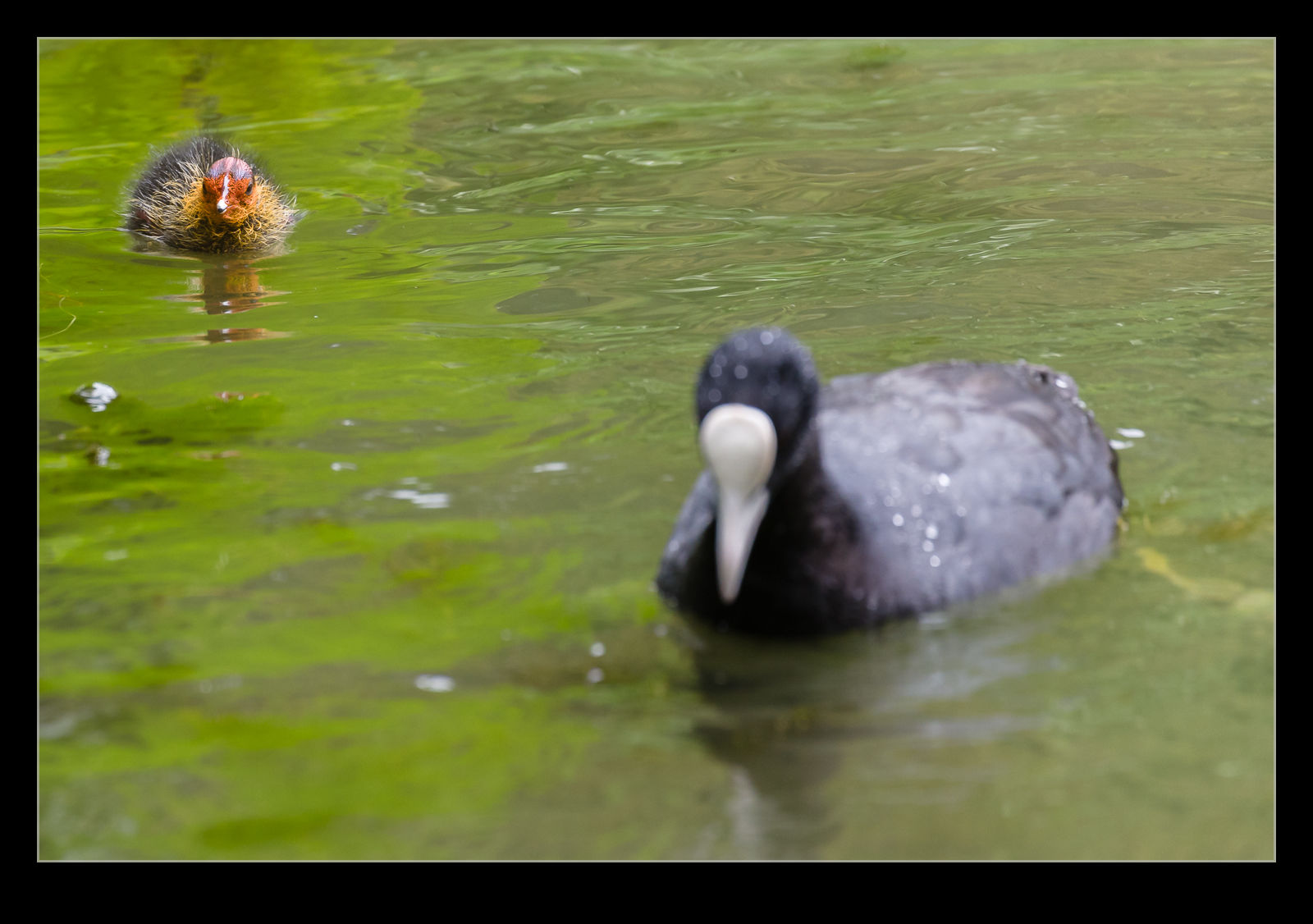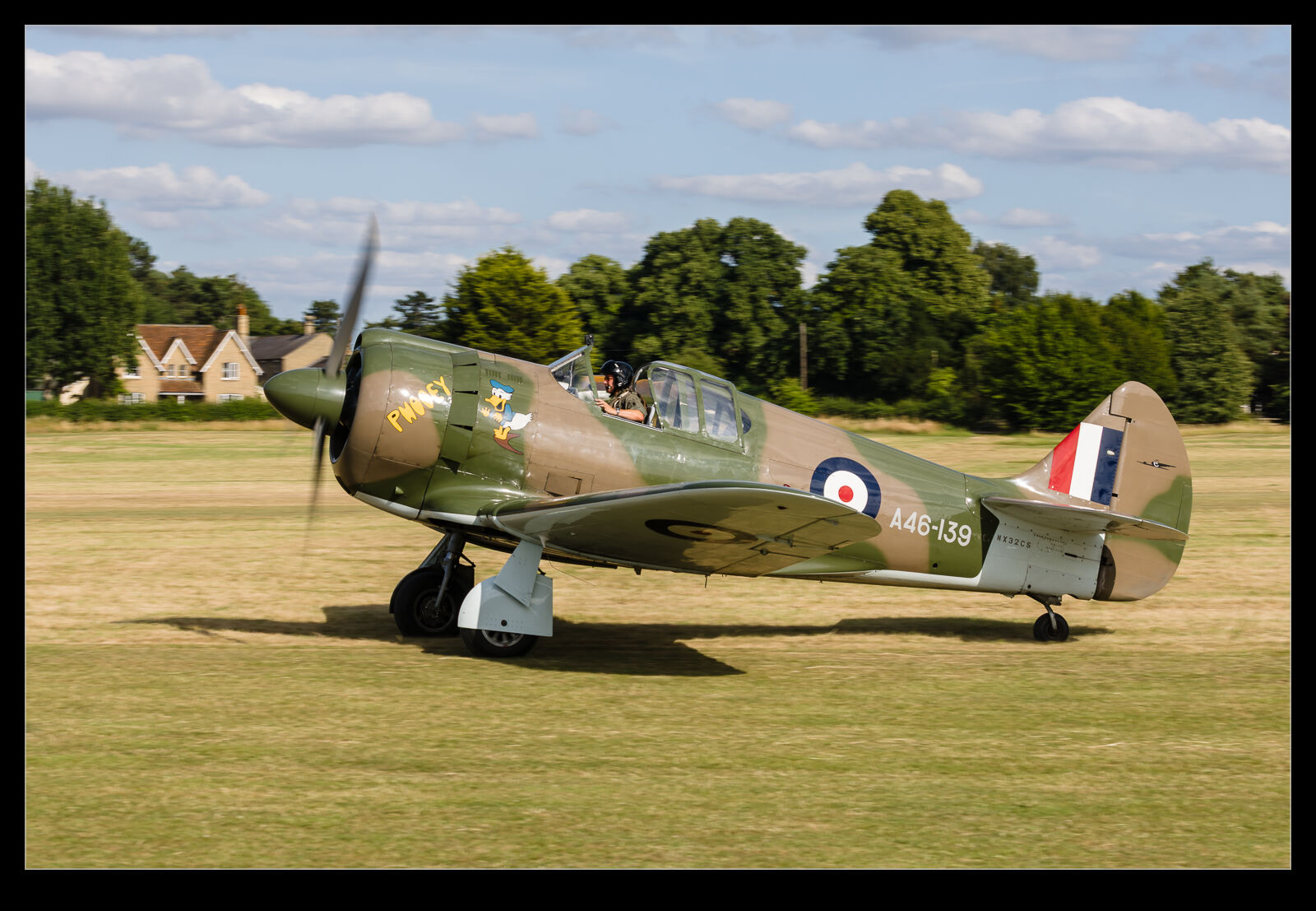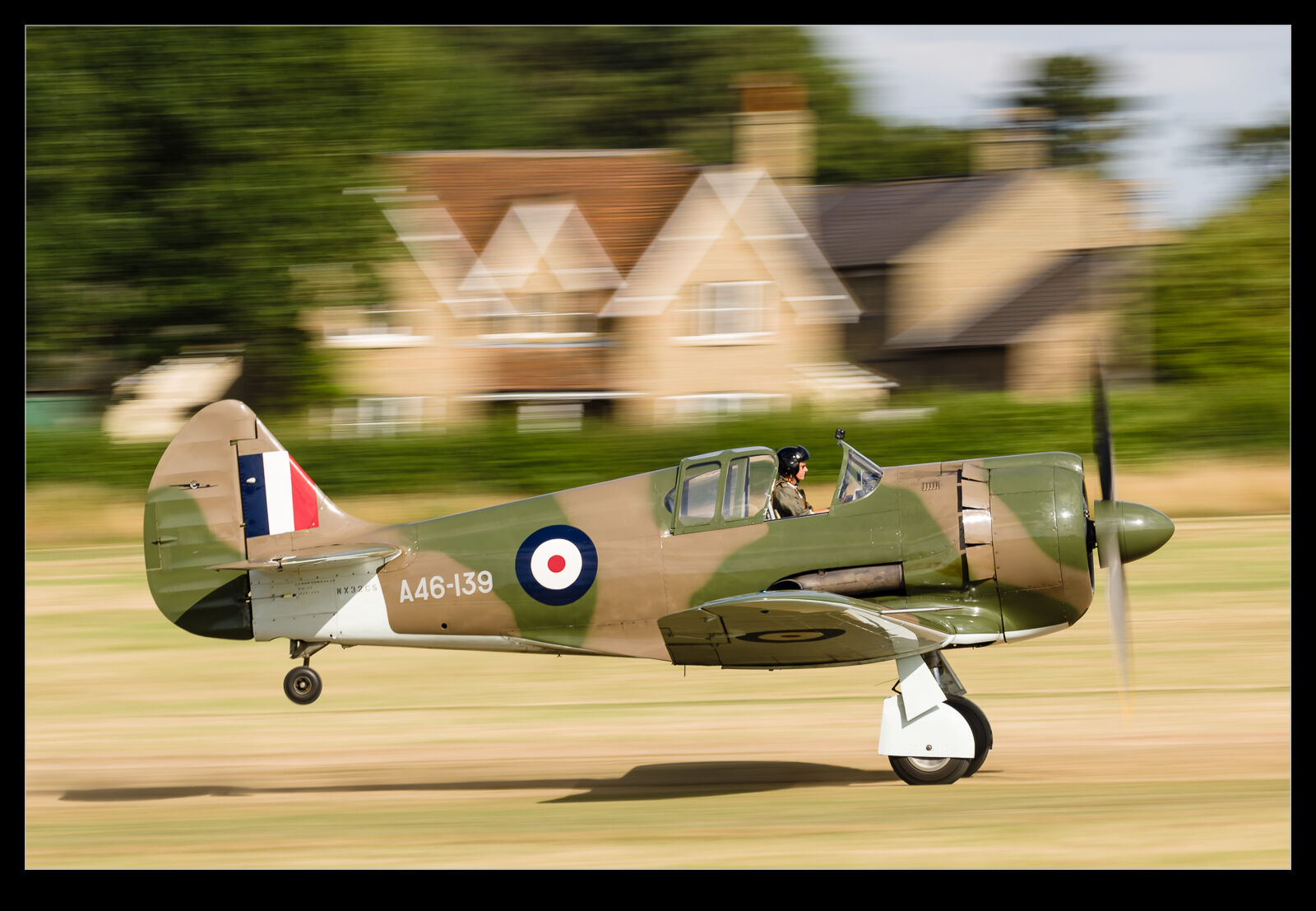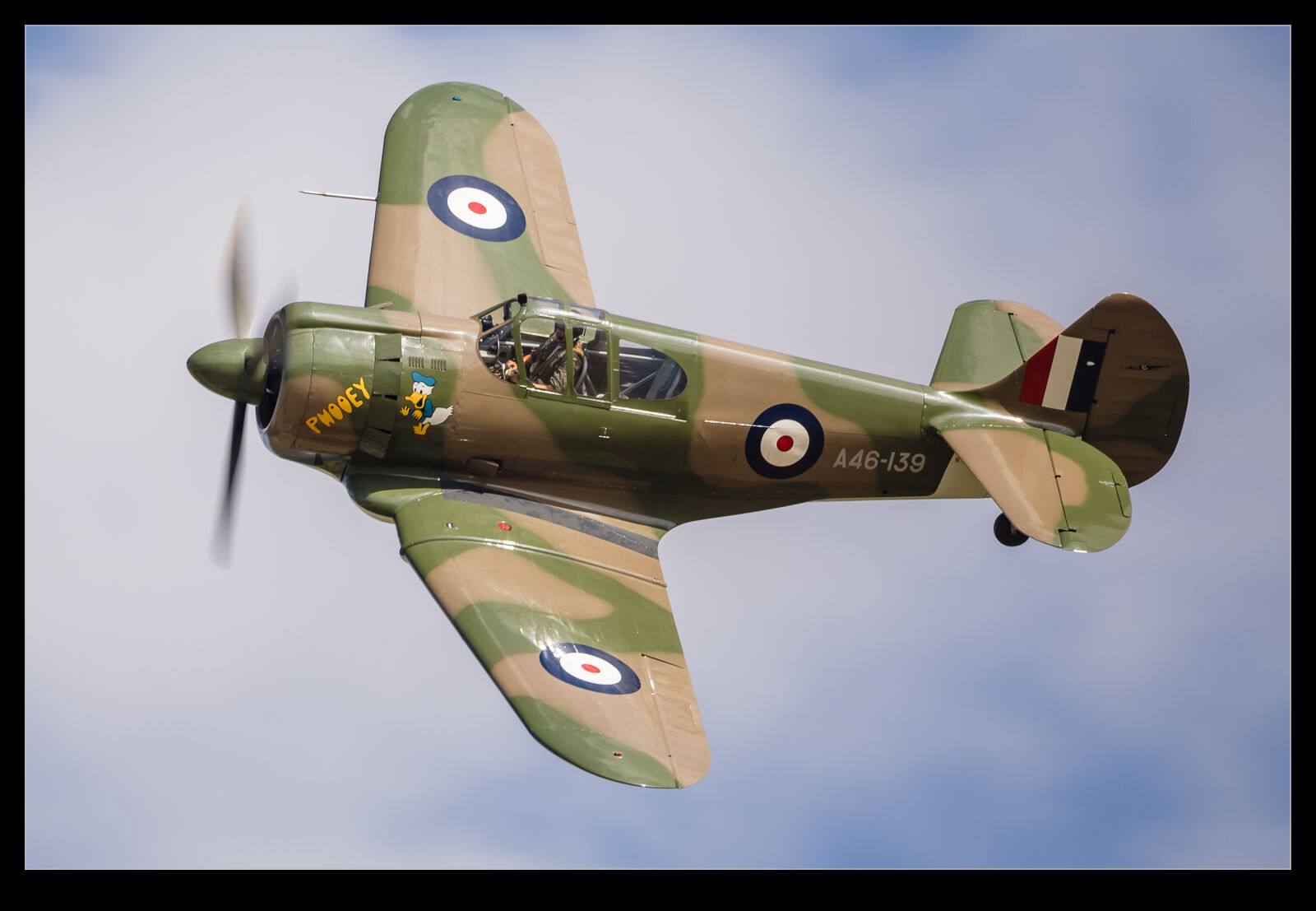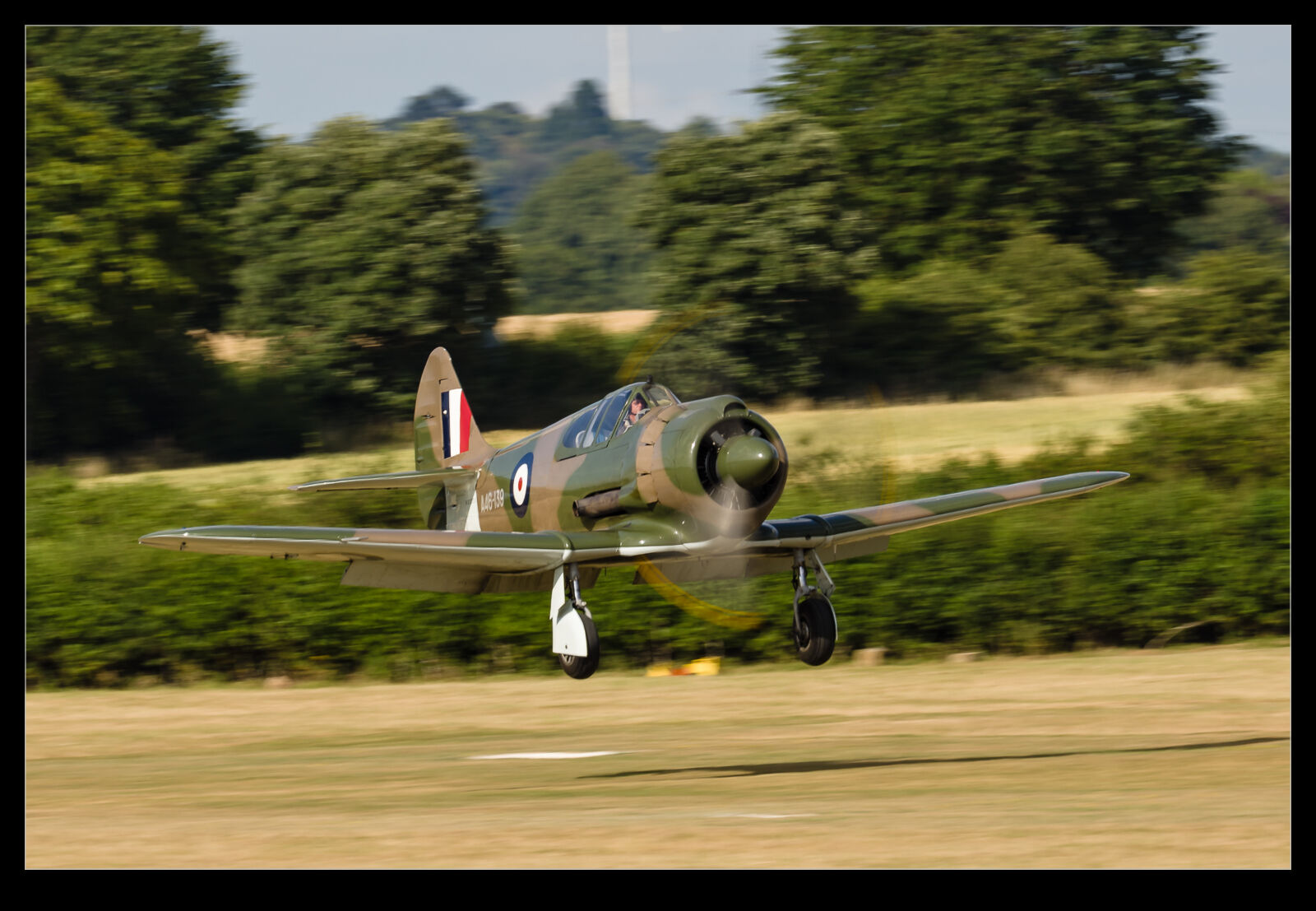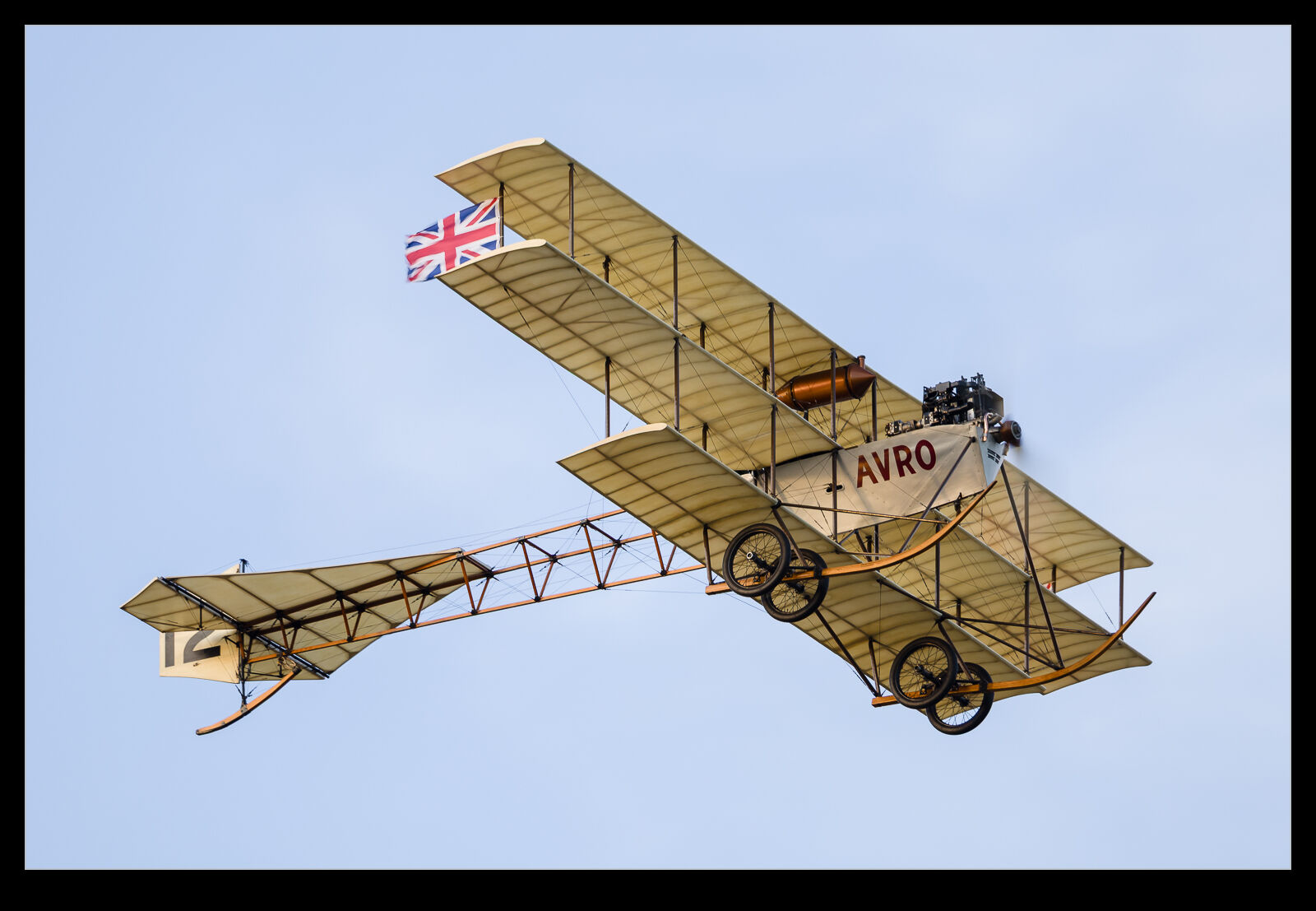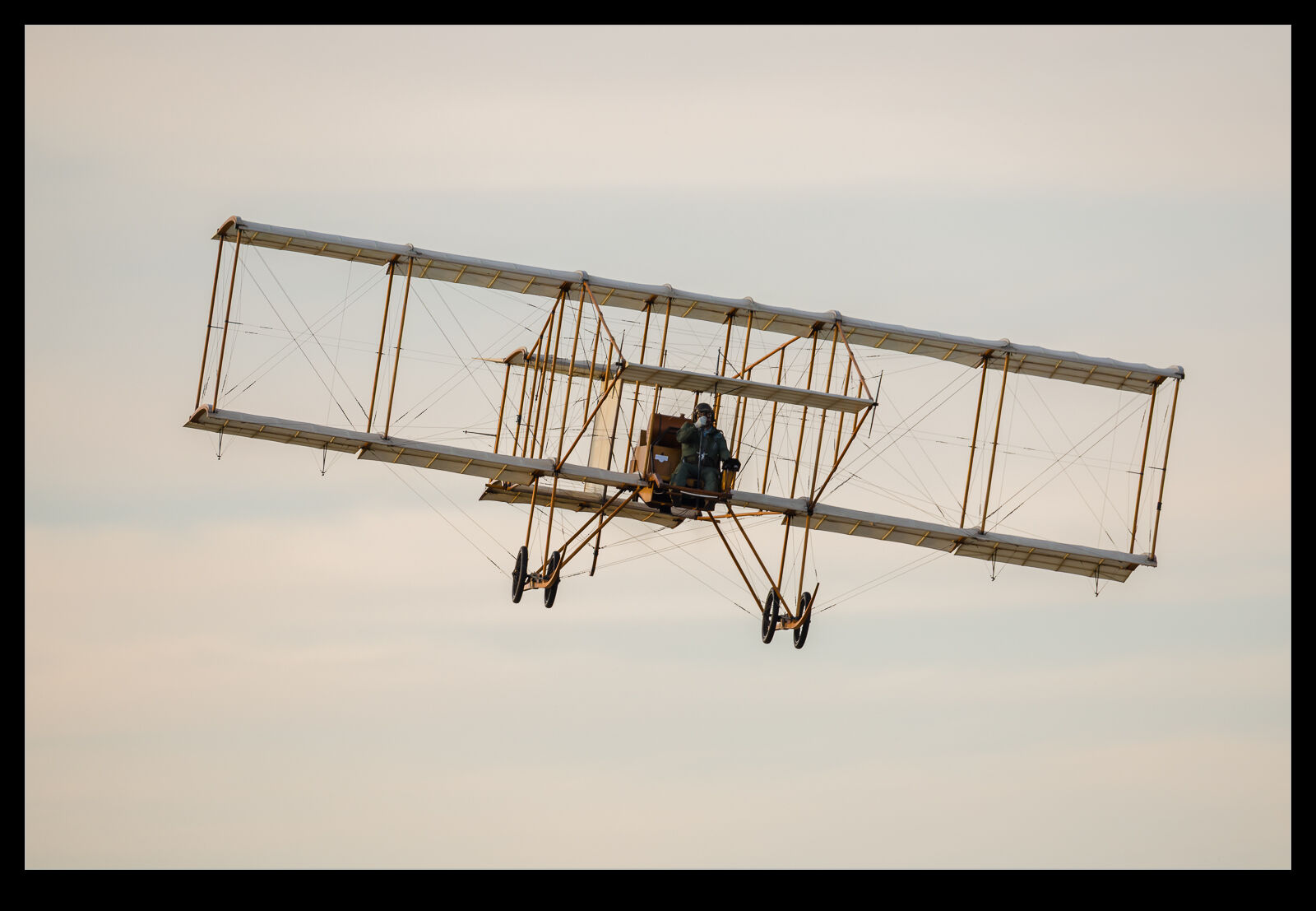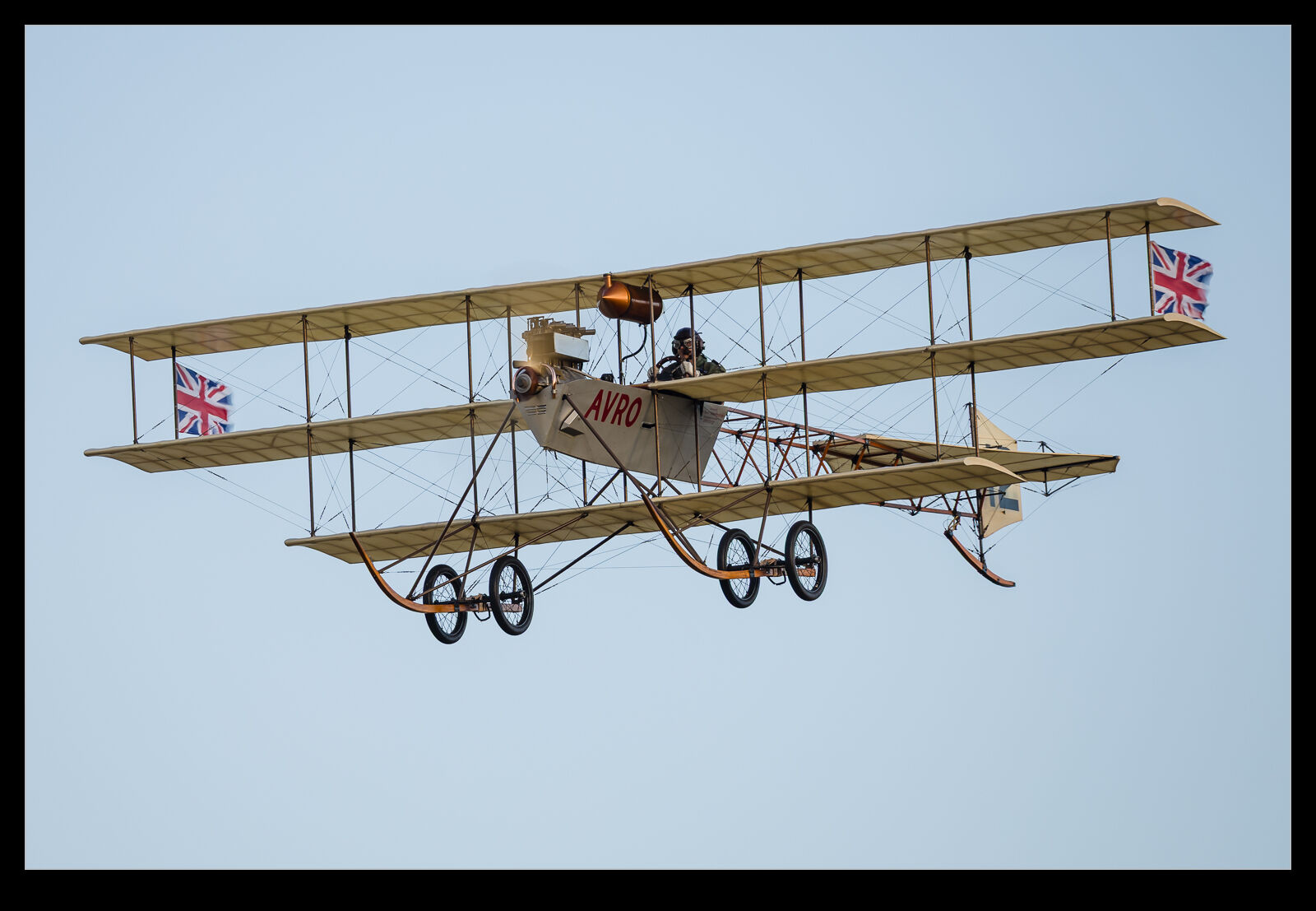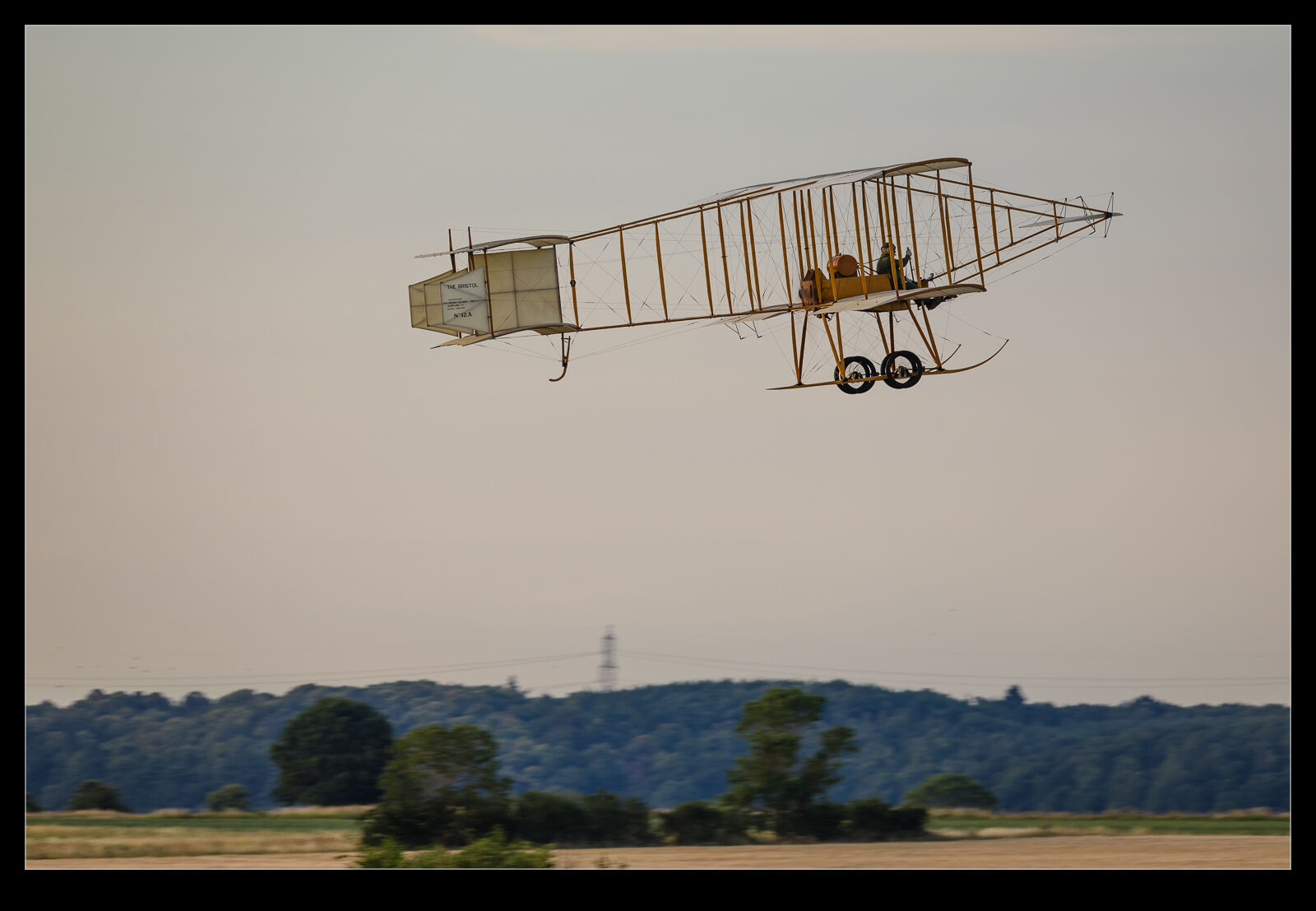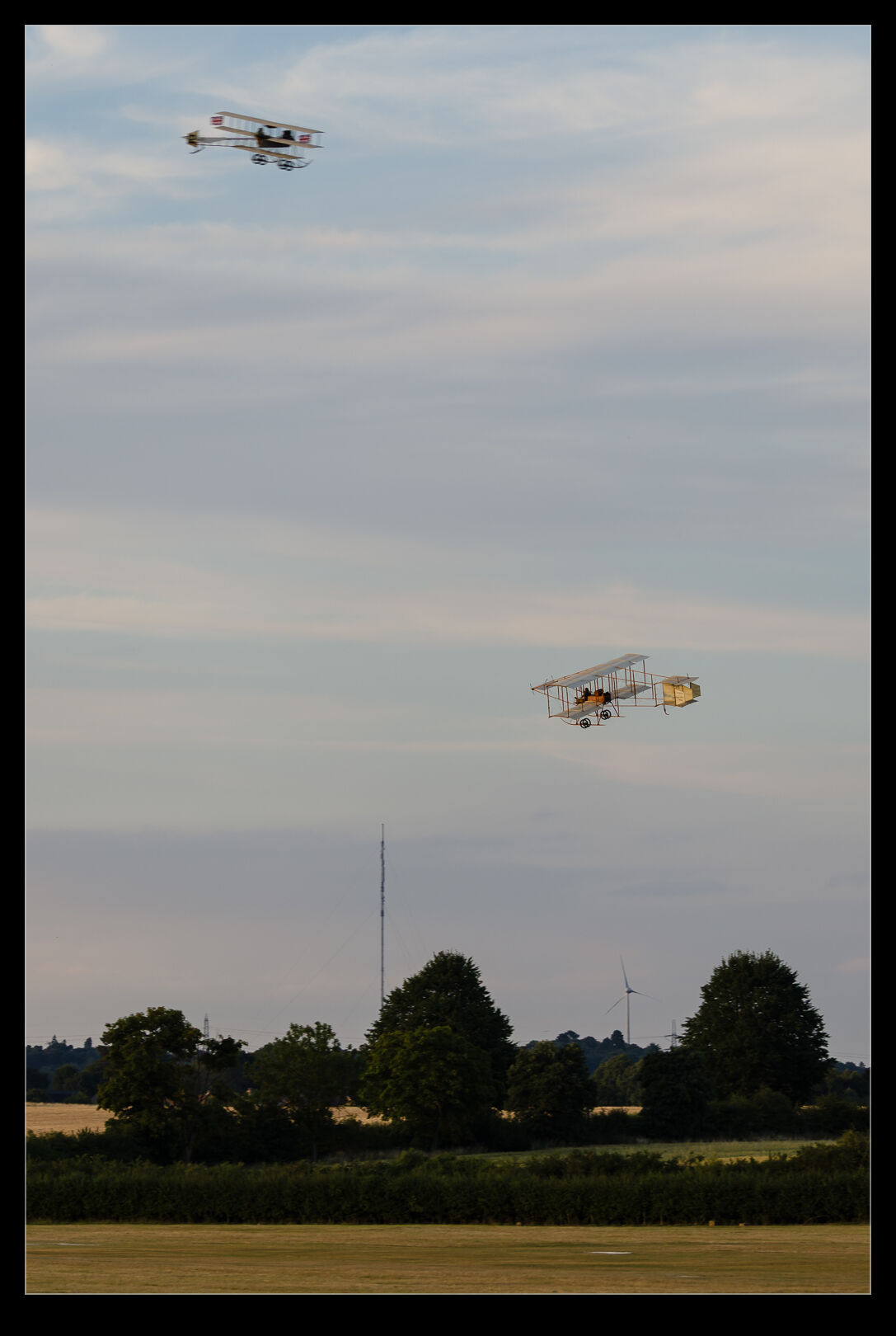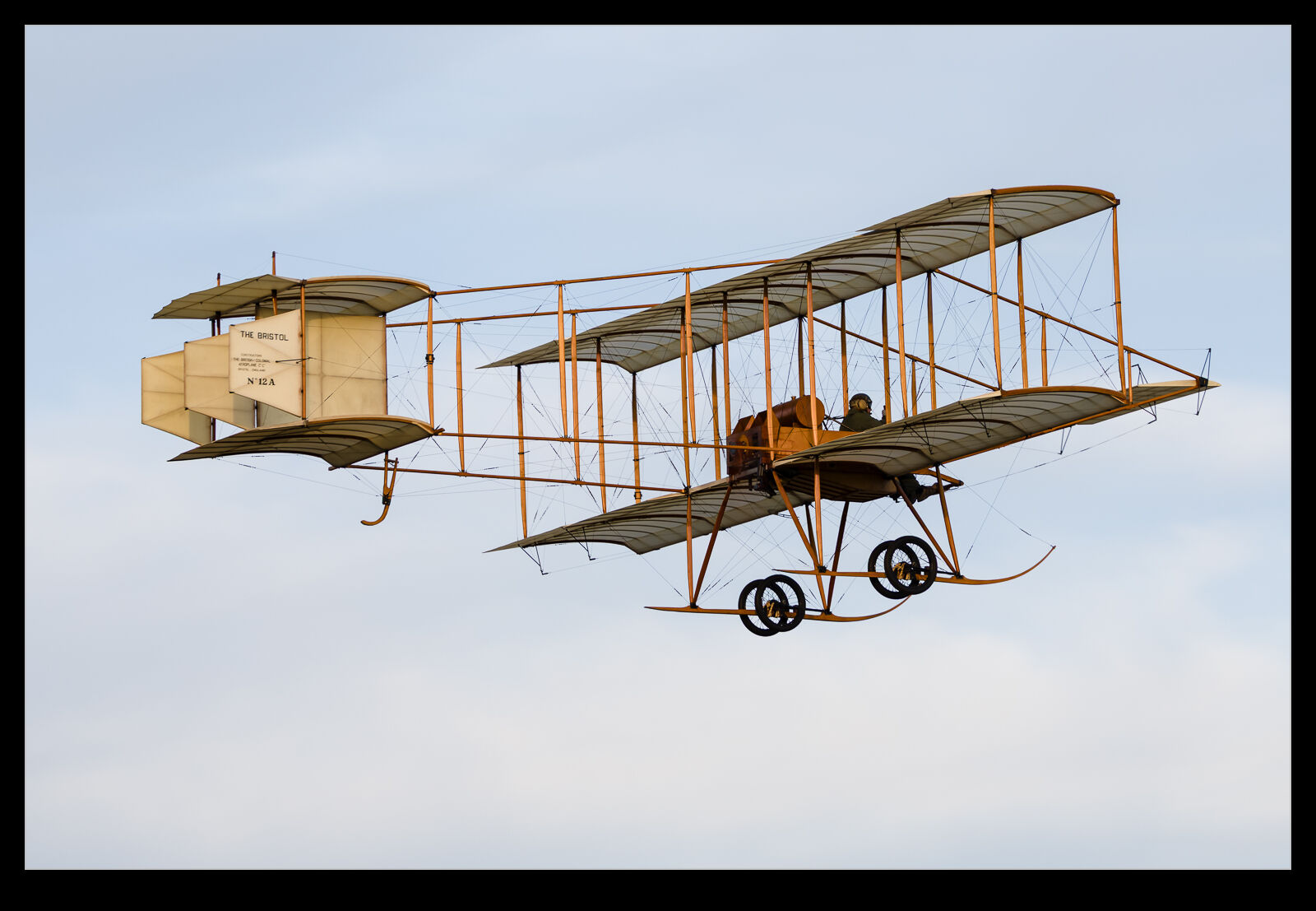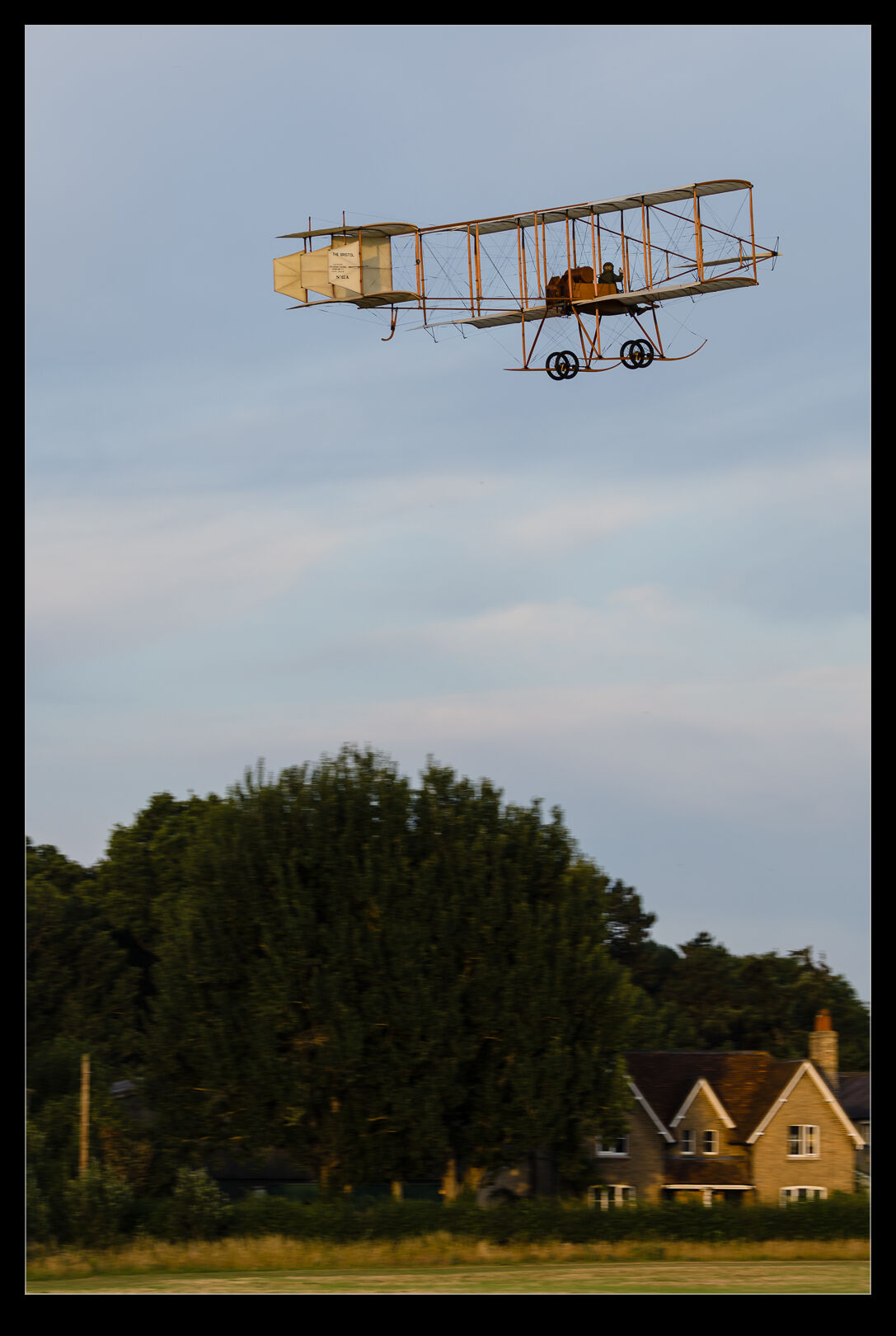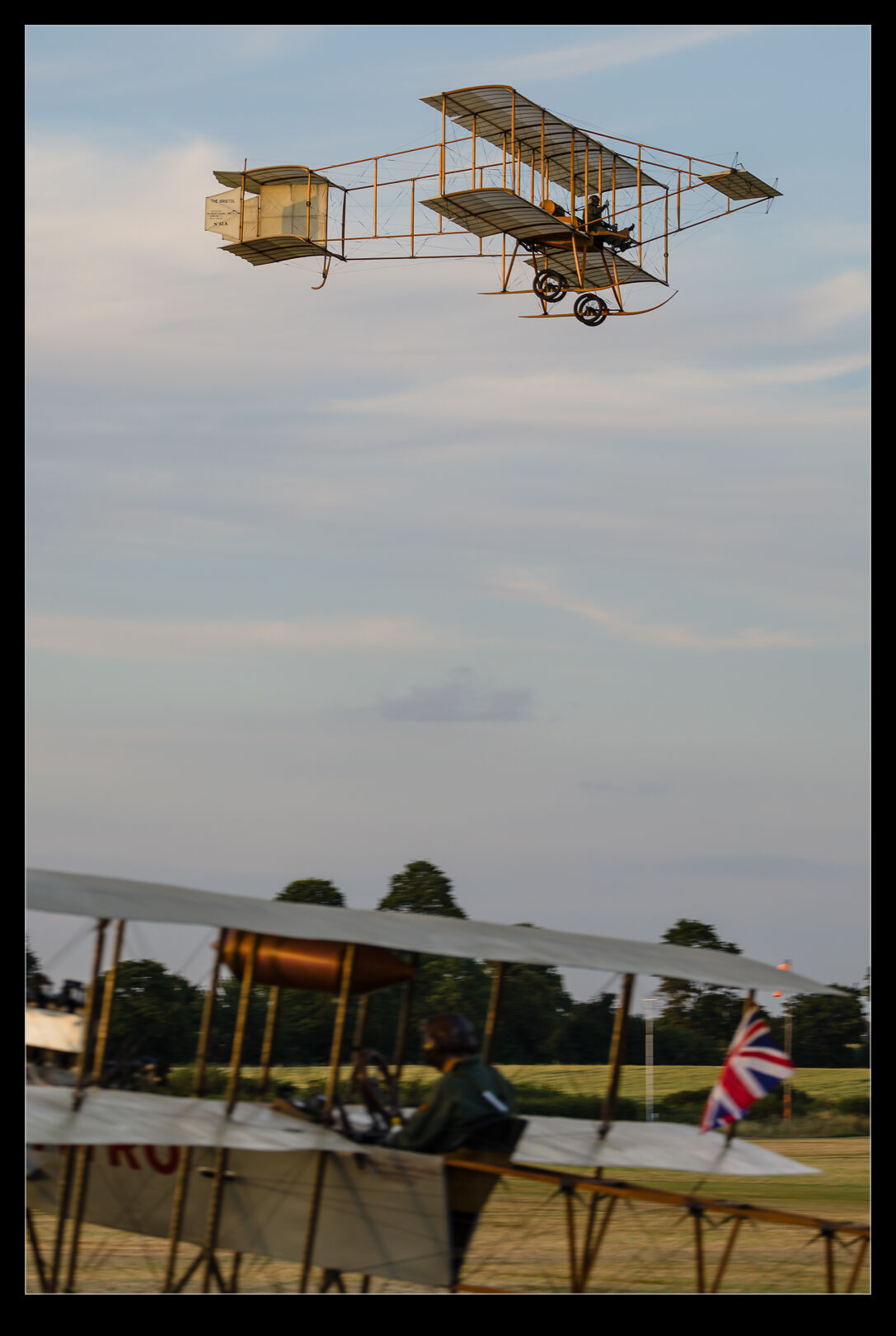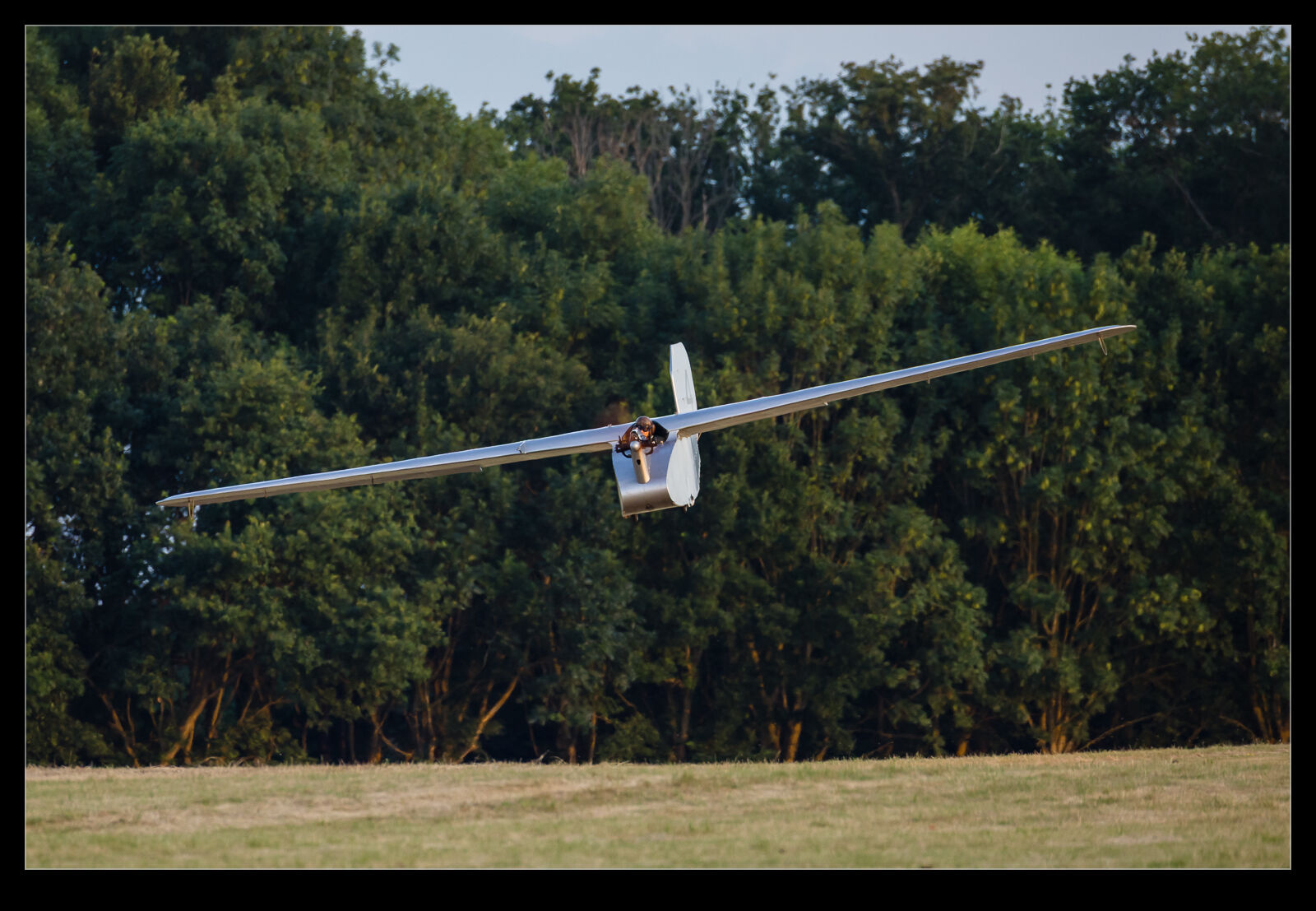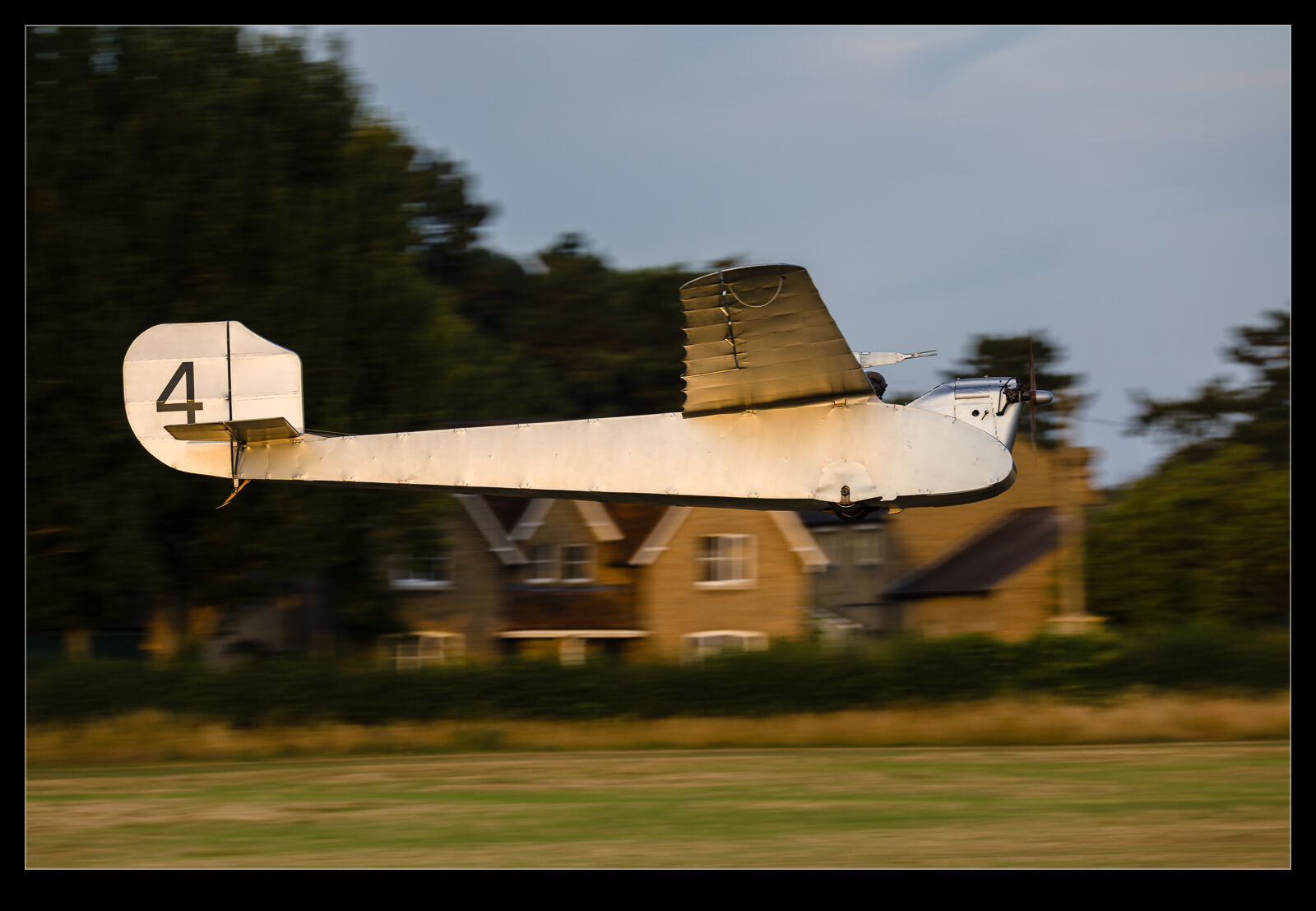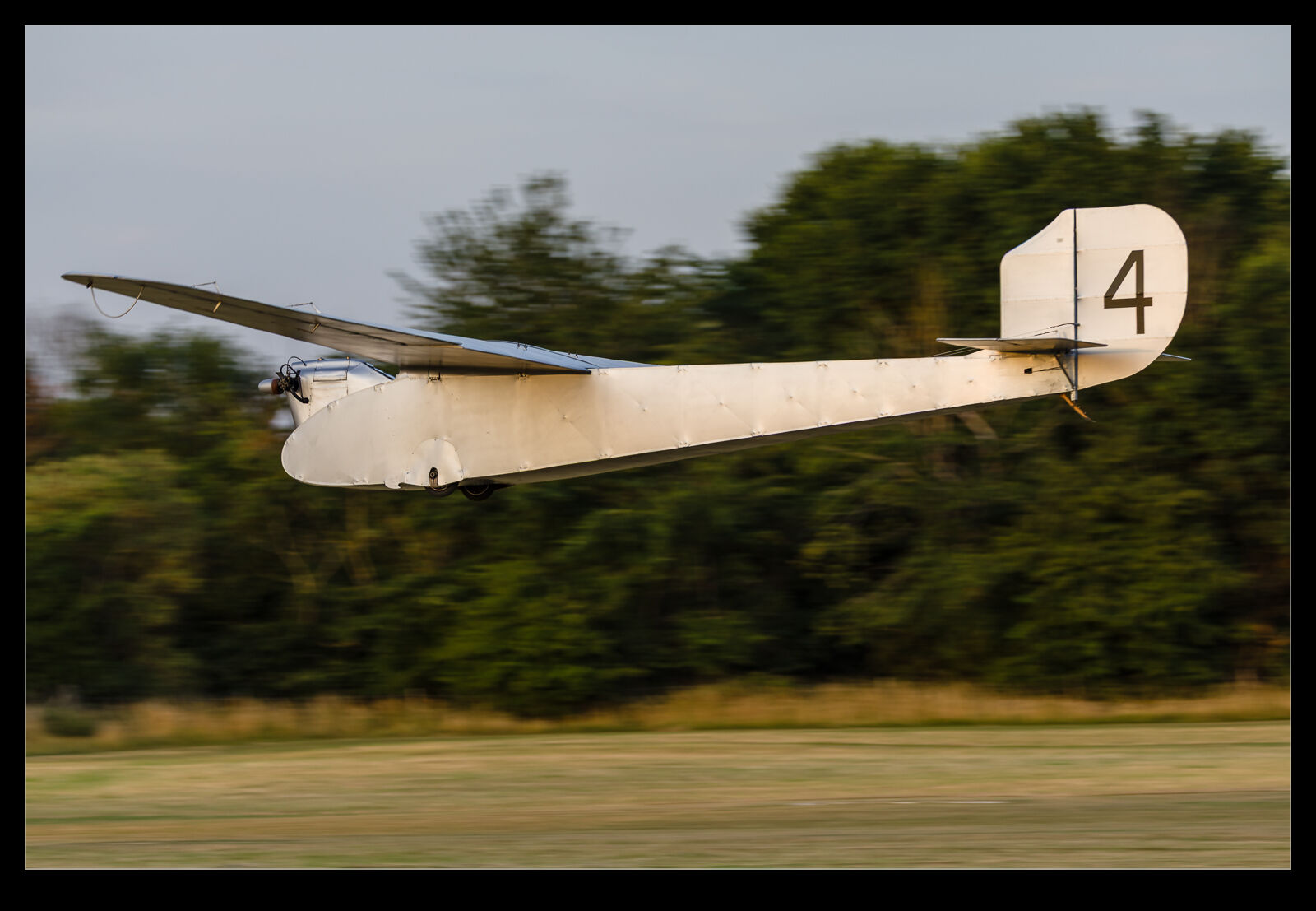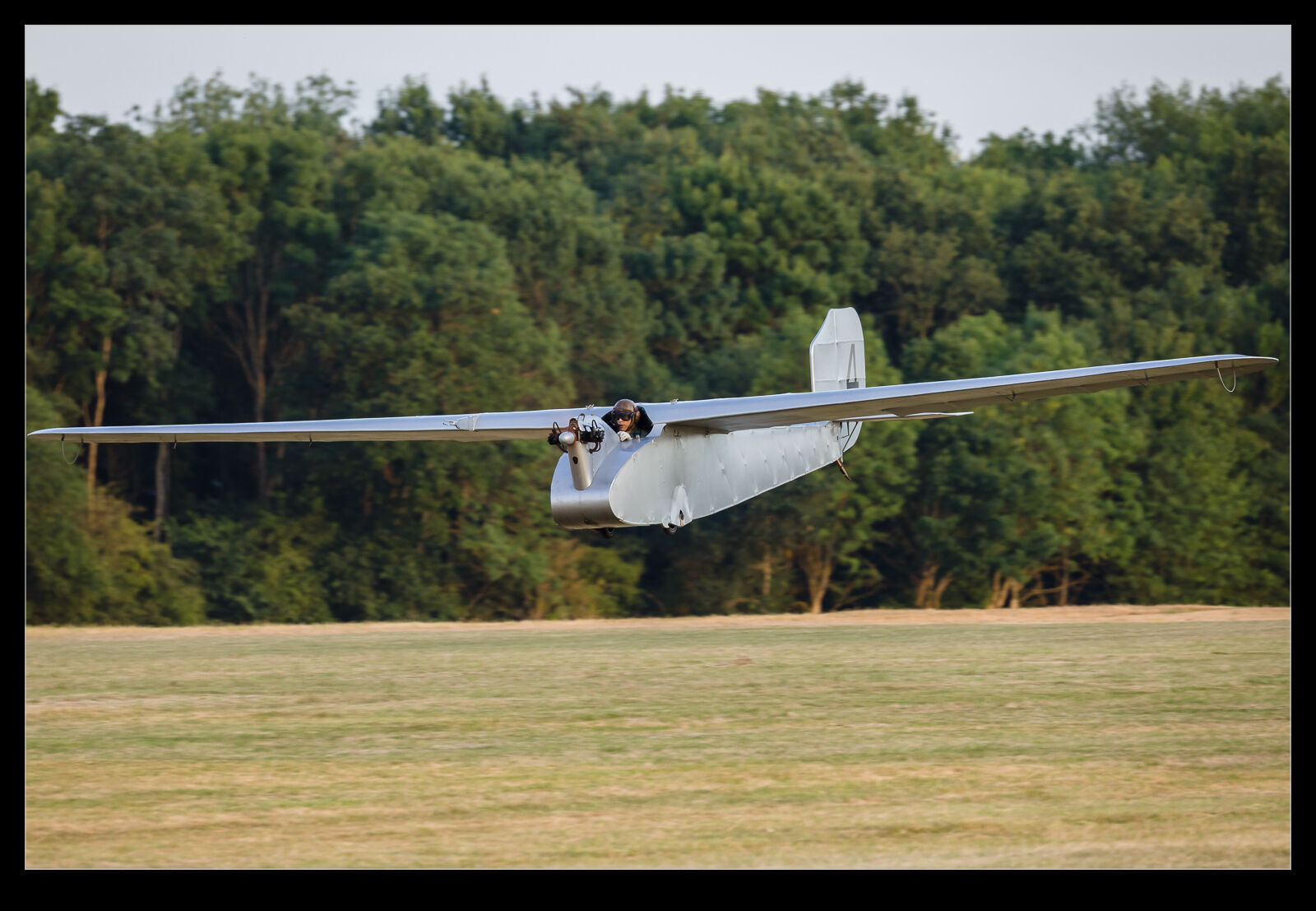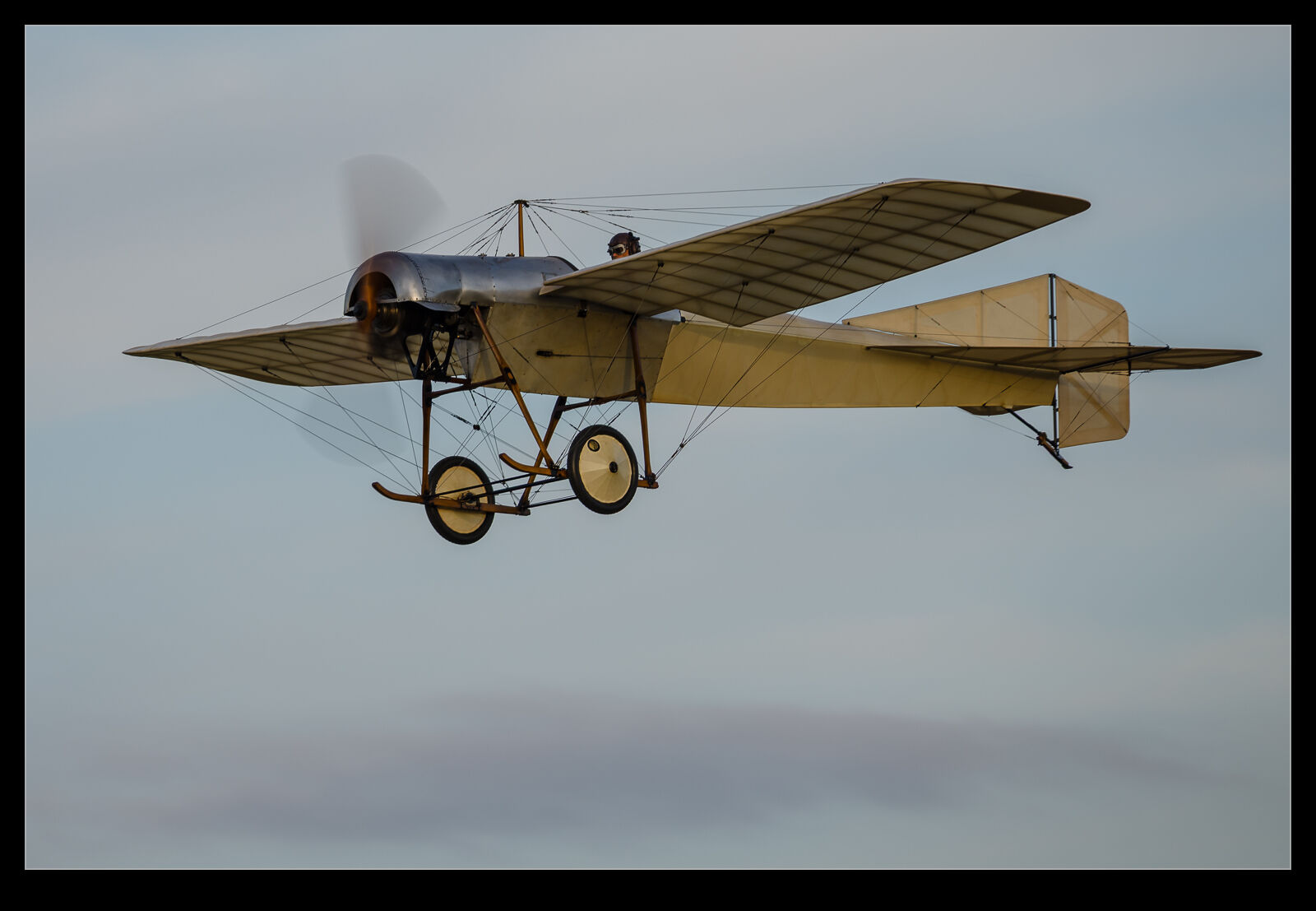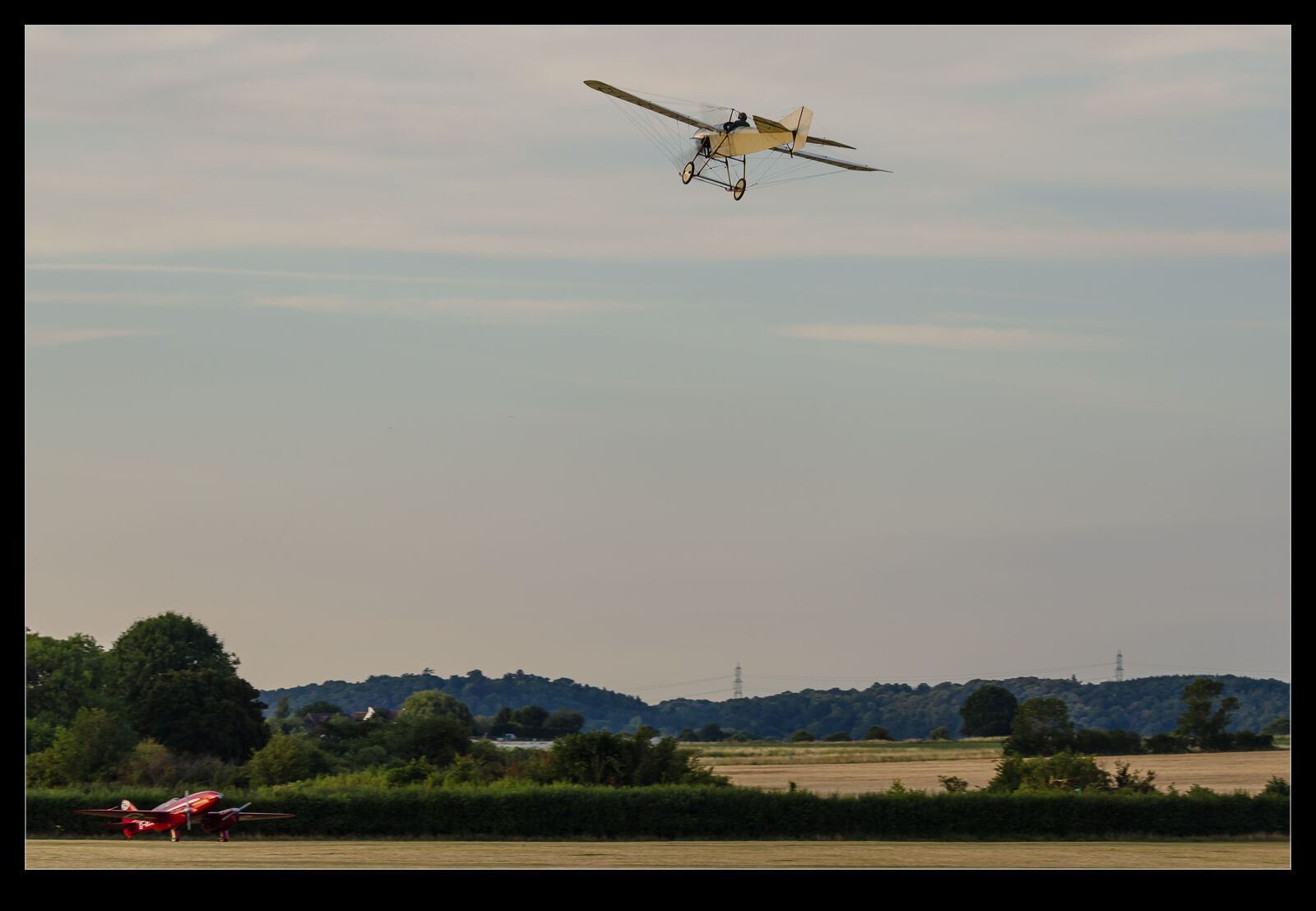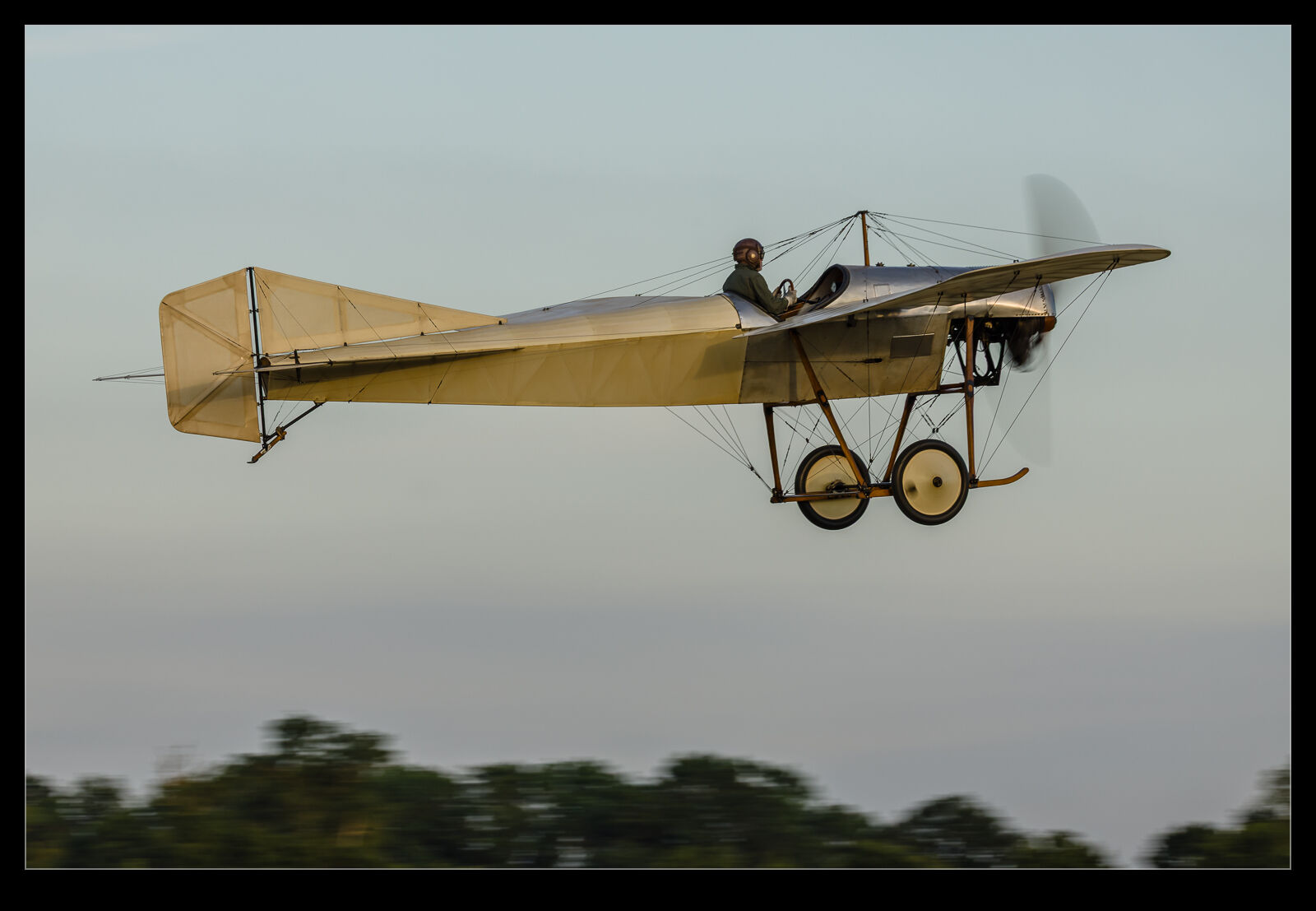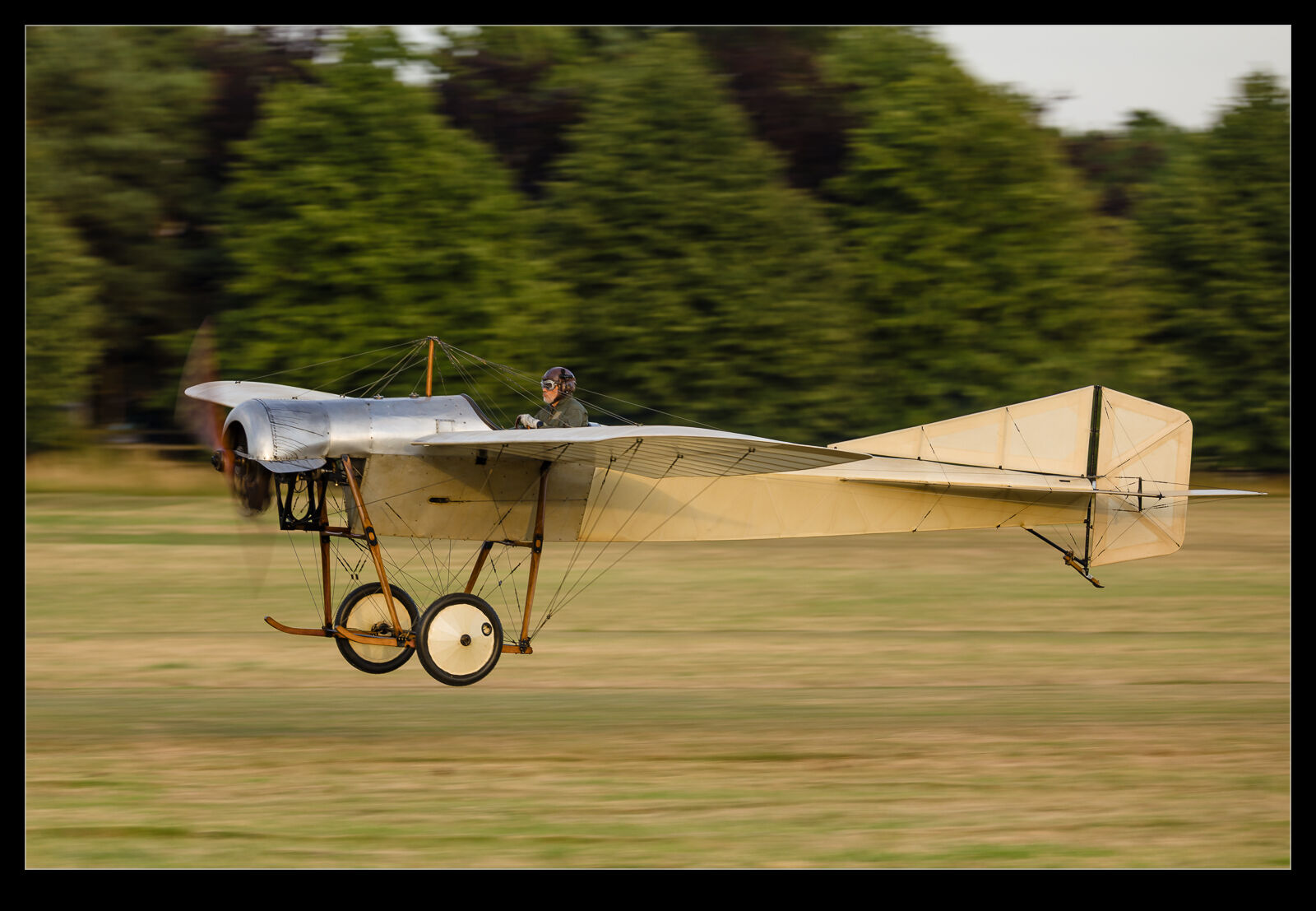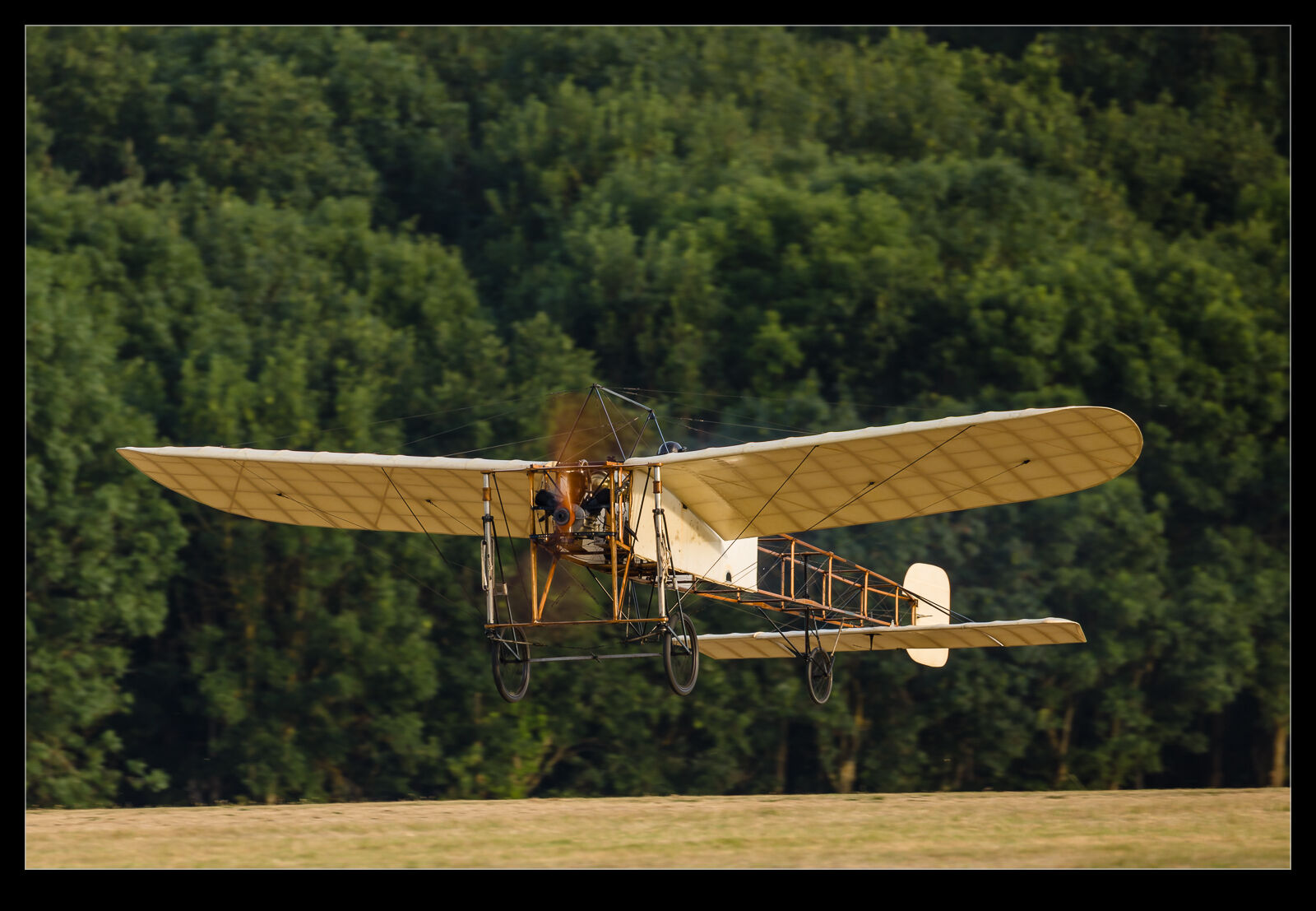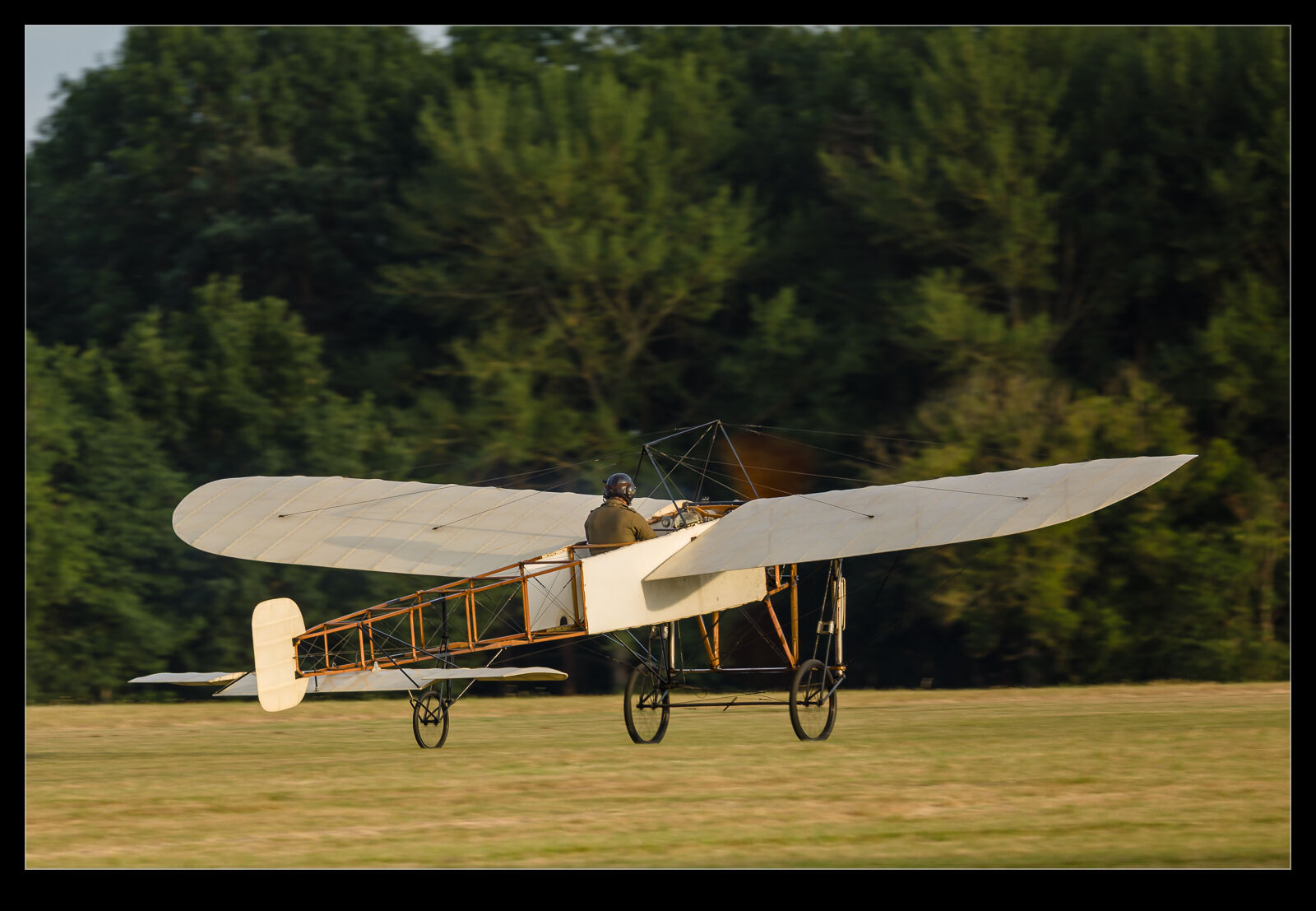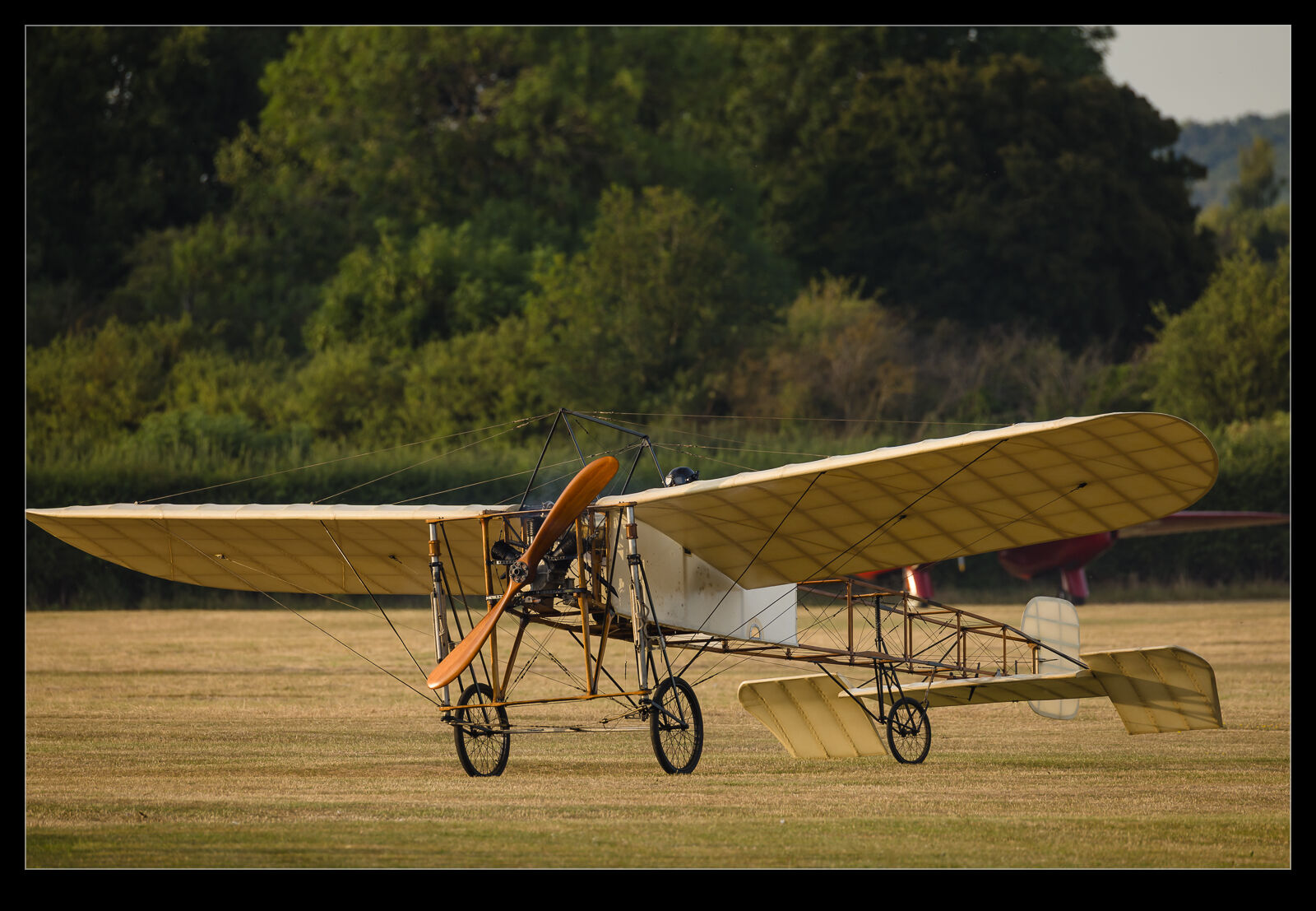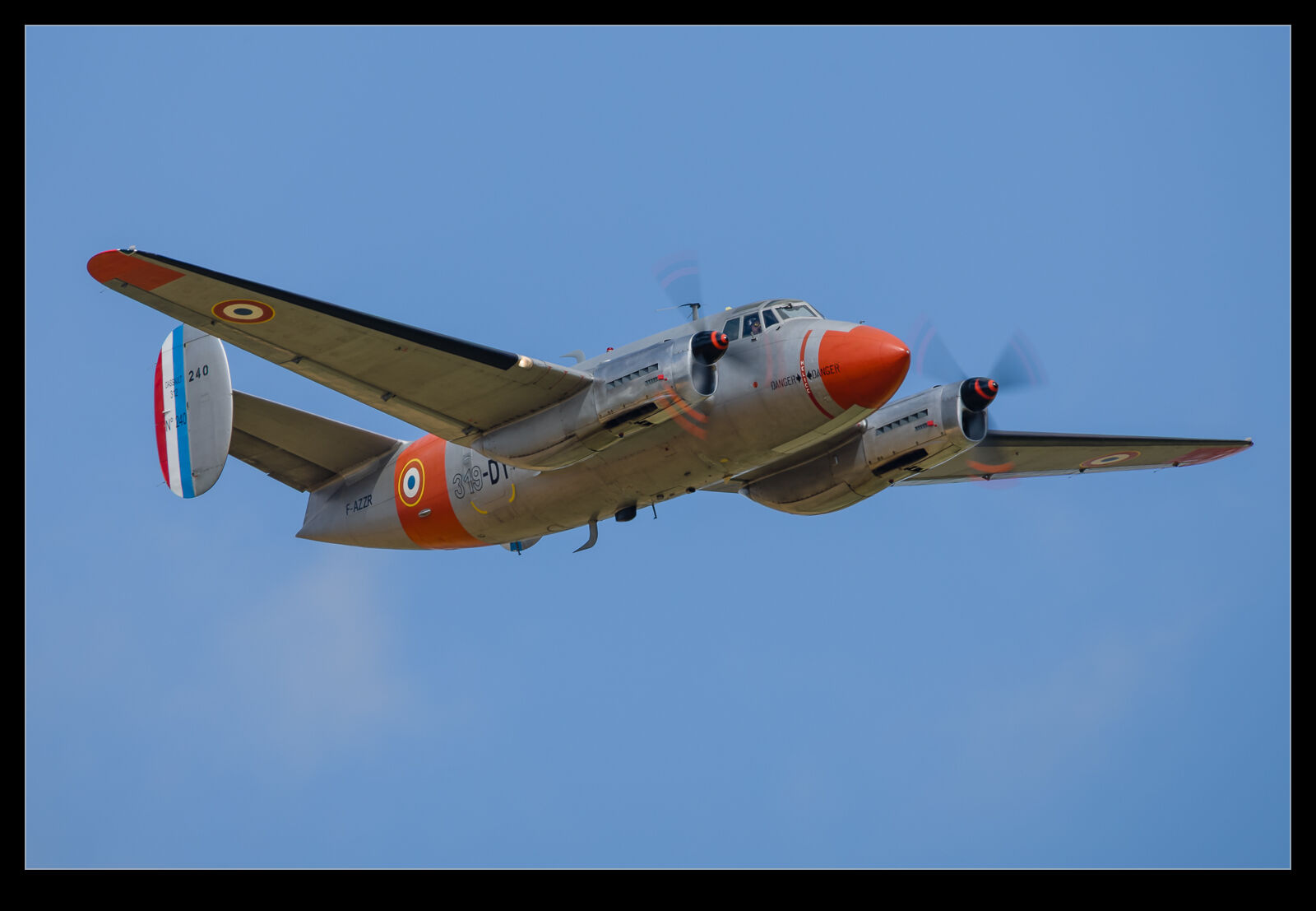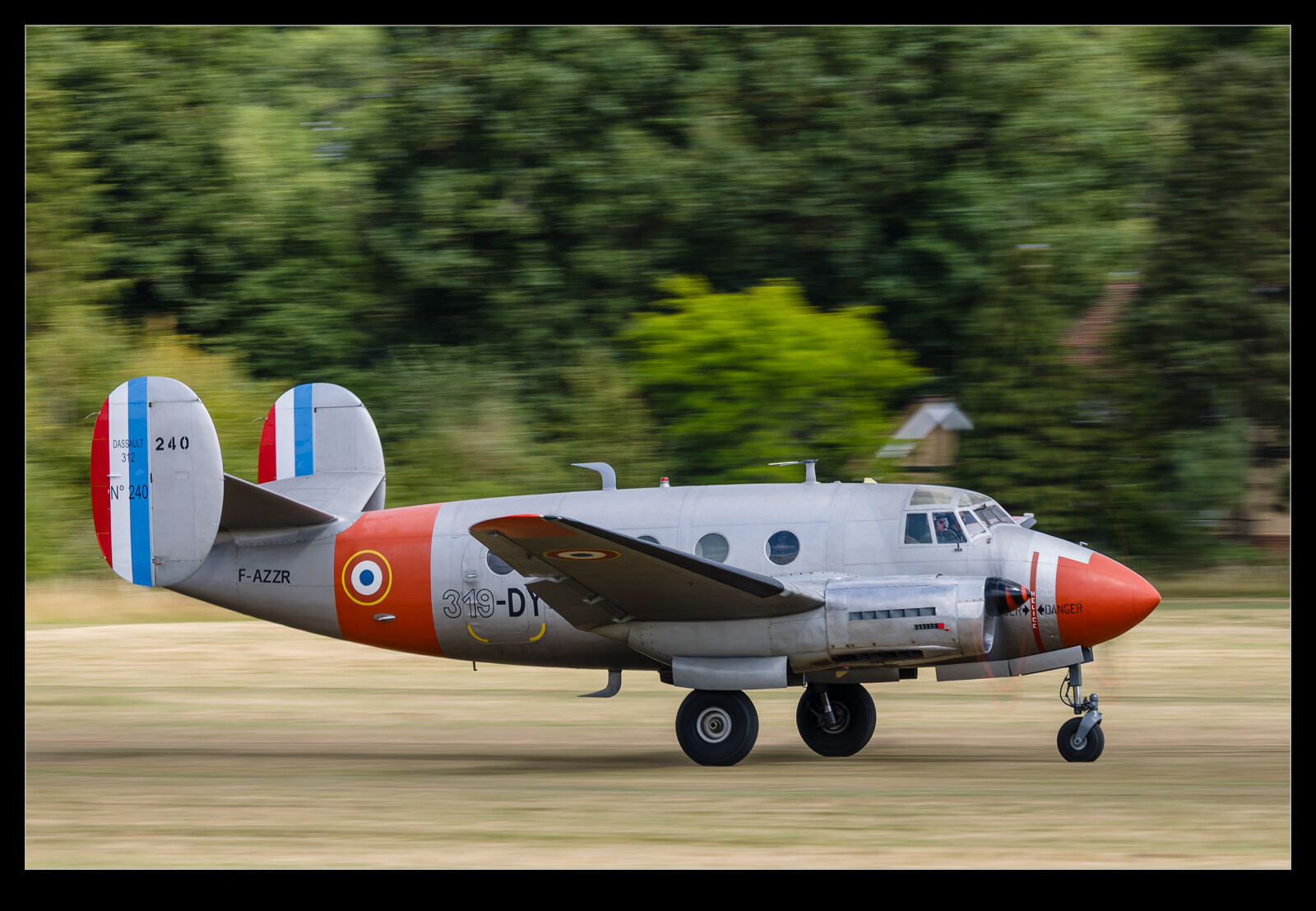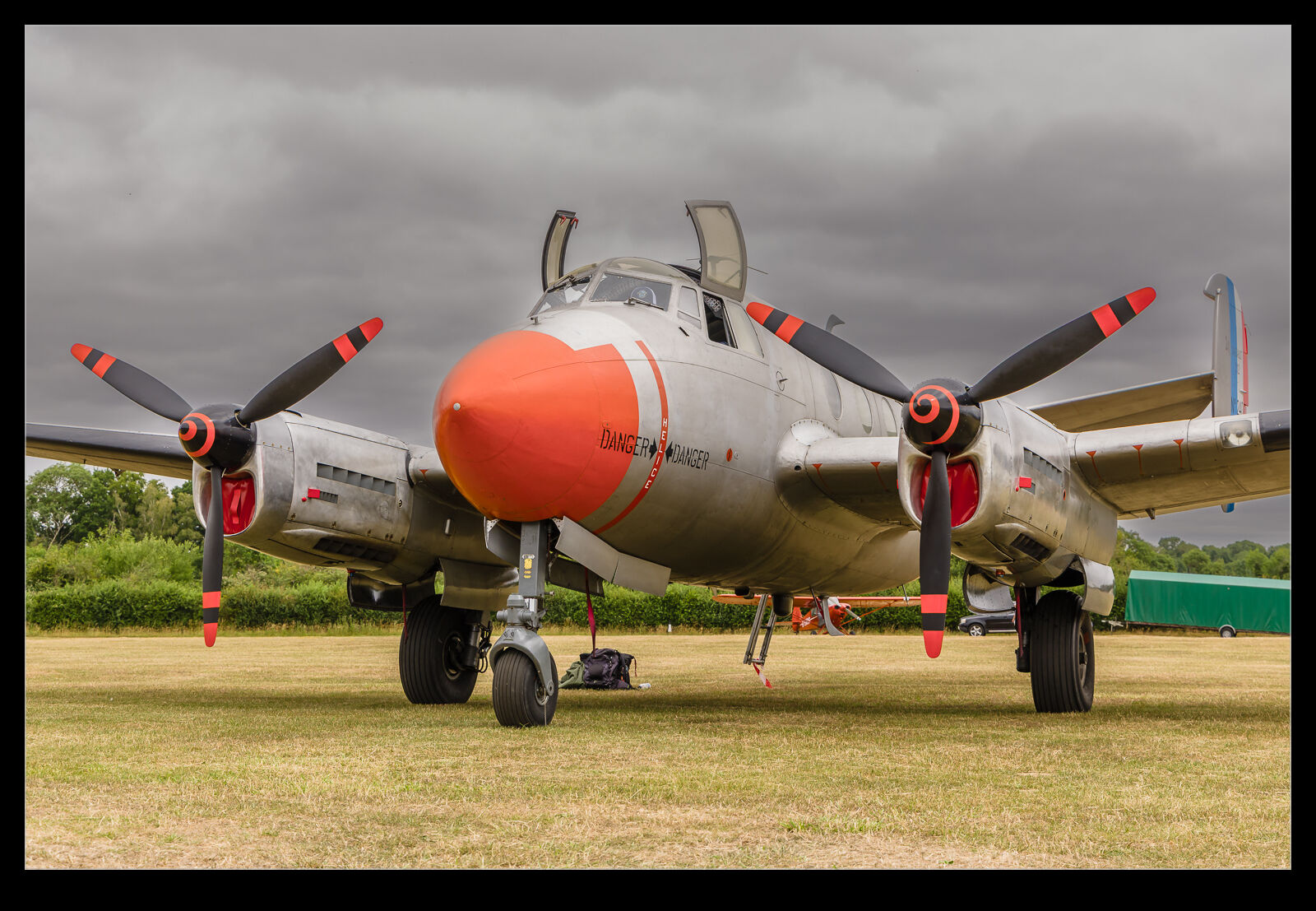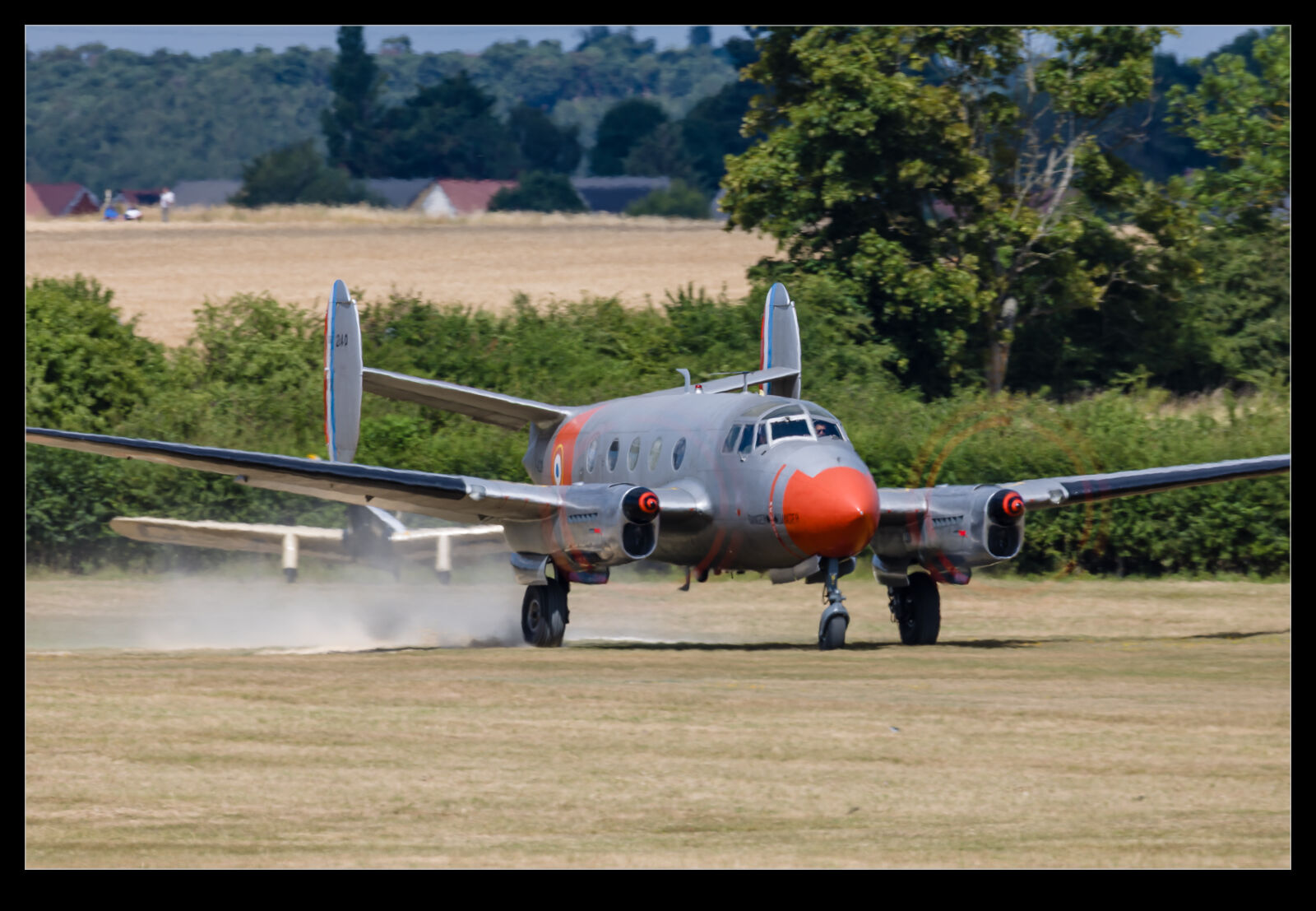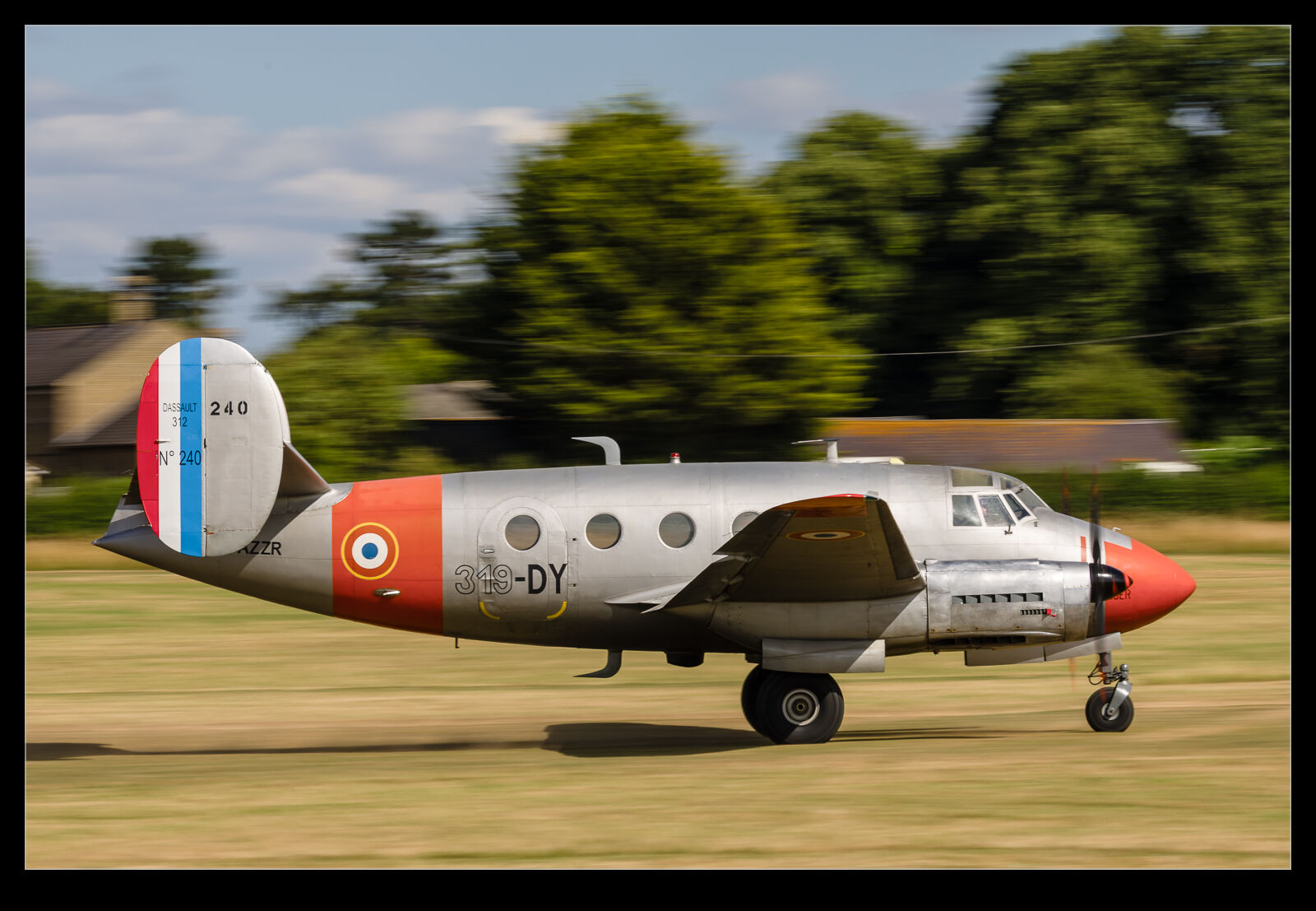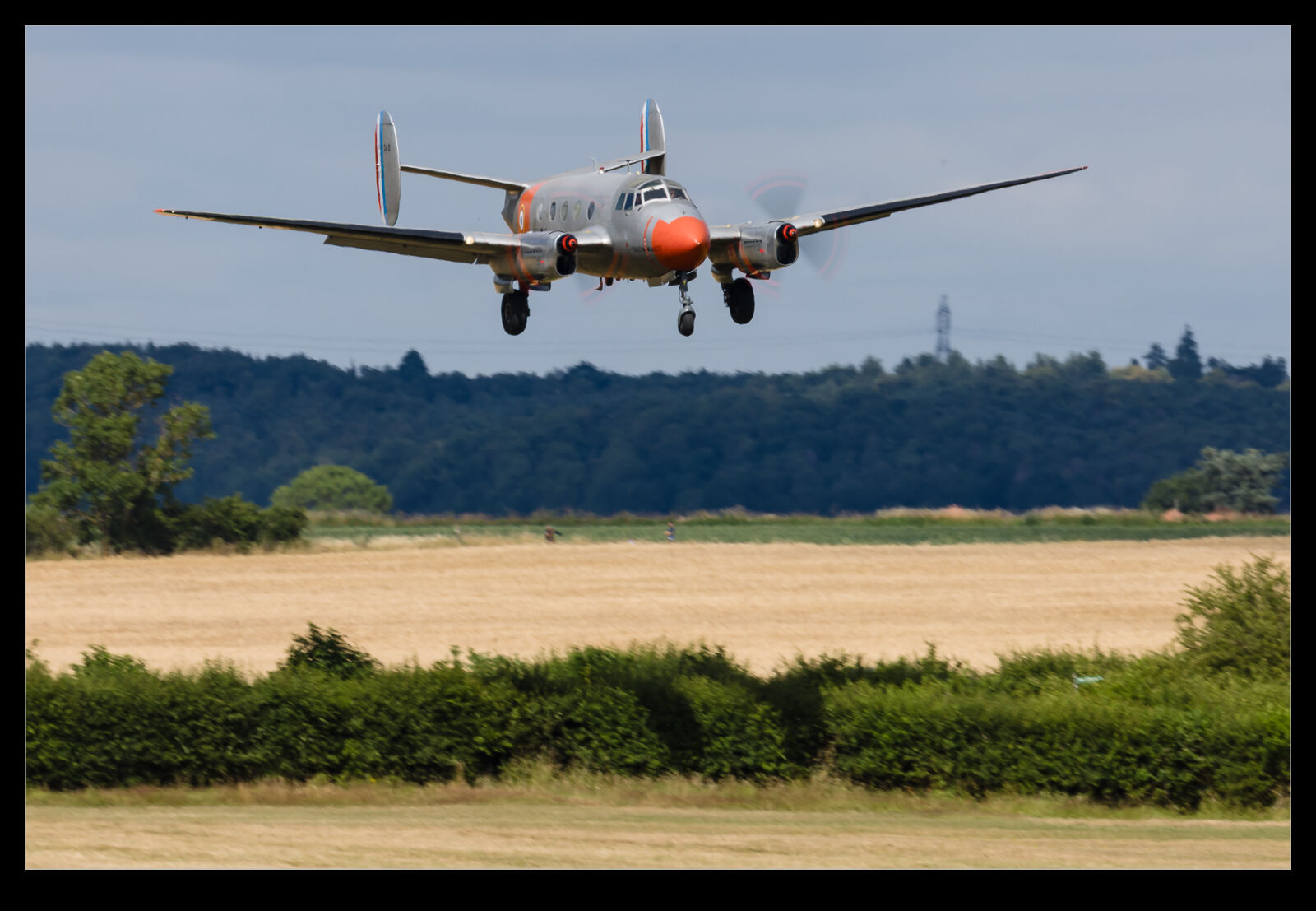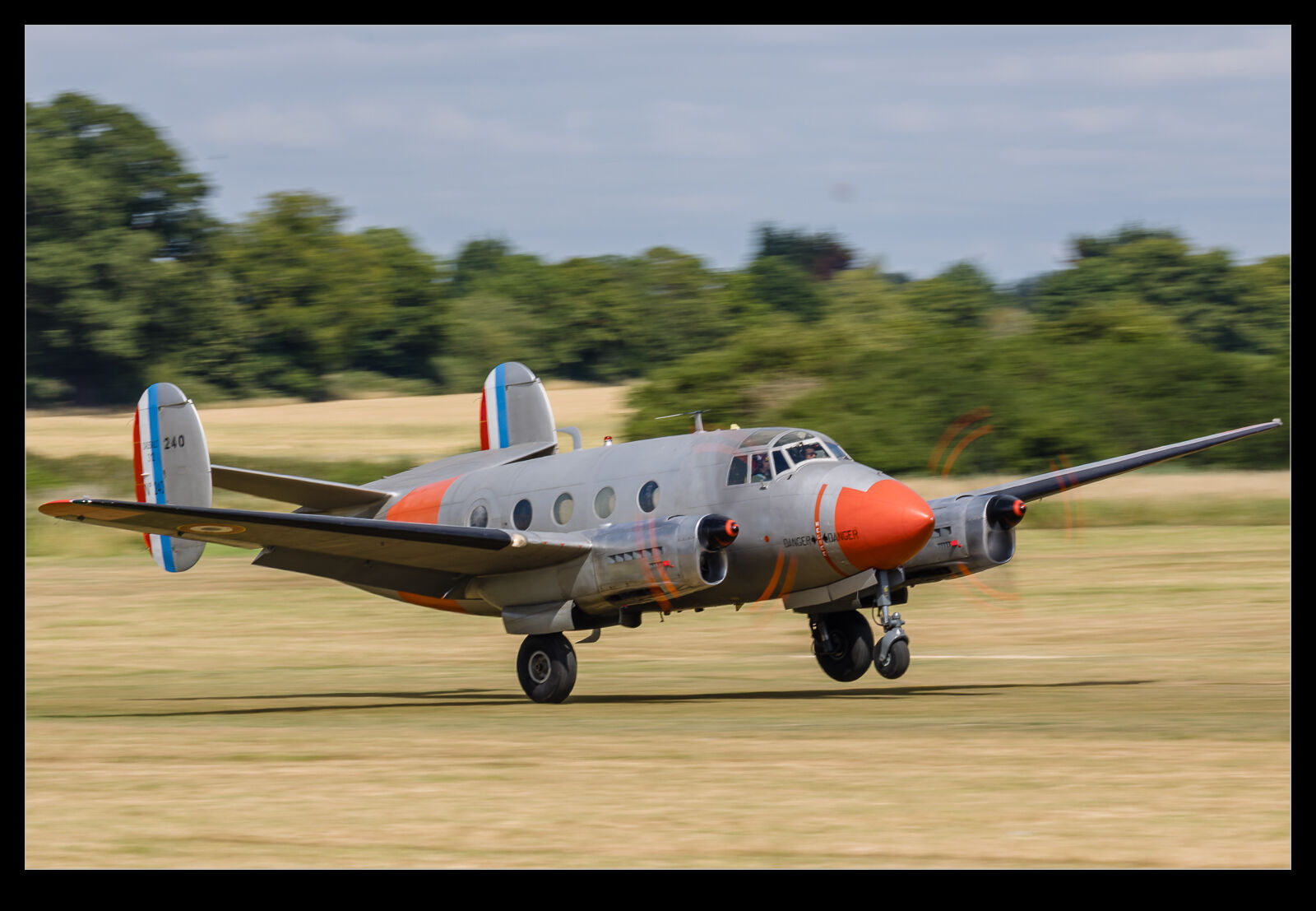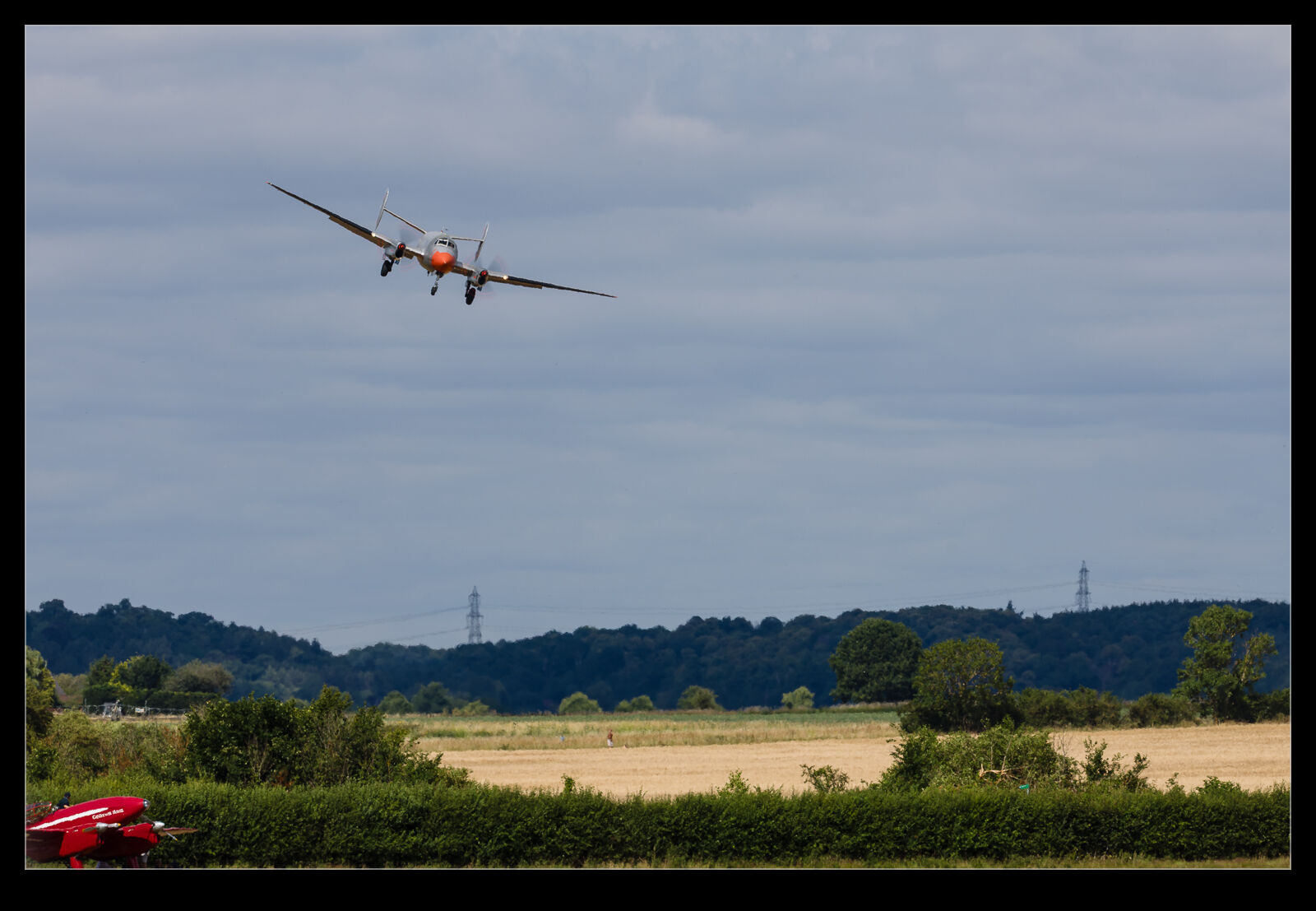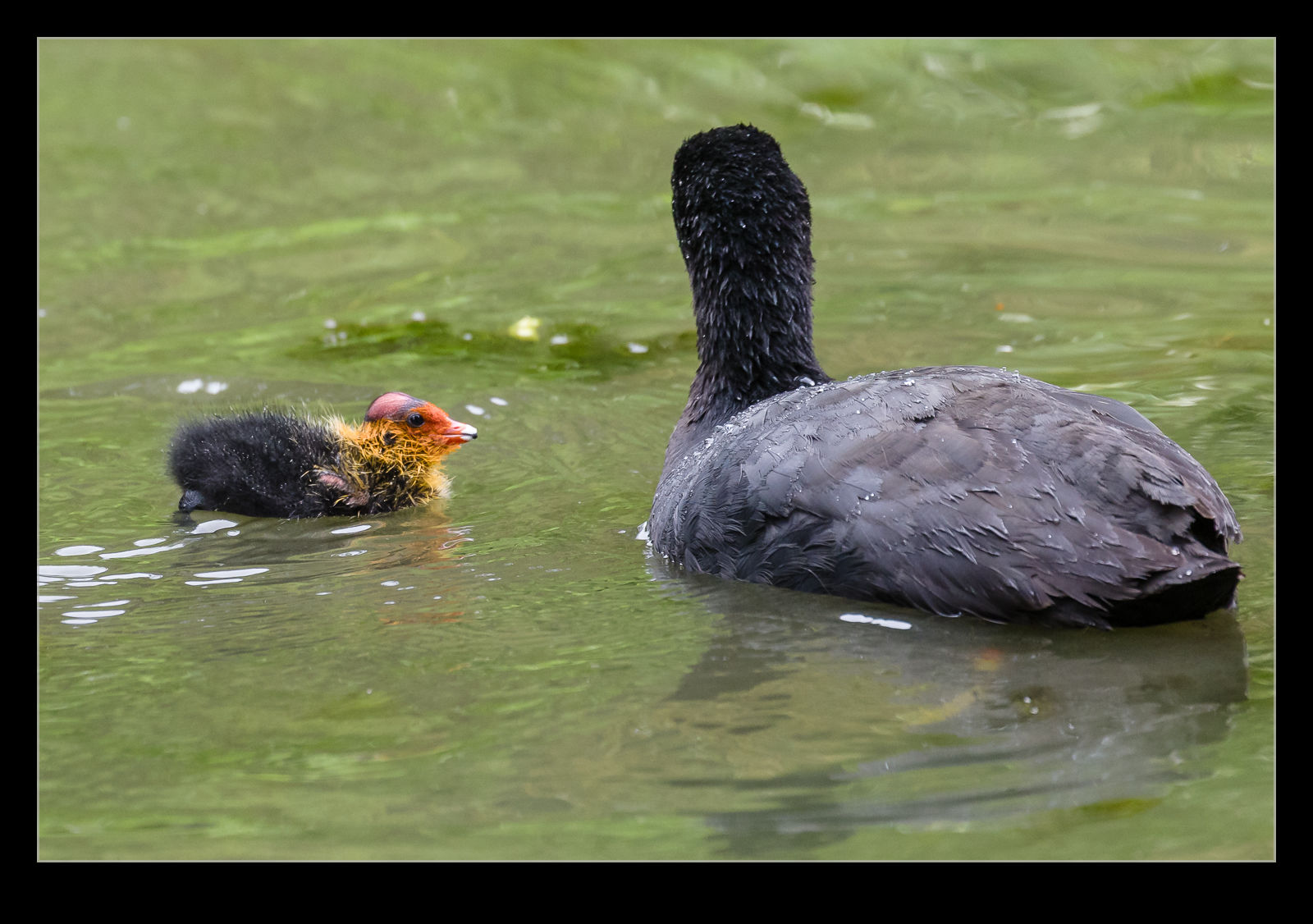 I was walking through the Swiss Garden at Shuttleworth prior to the air show getting underway. In the pond was a family of coots. The parents were diving under for food while the “kids” were hanging around on the surface and making a ton of noise! Normally baby birds are very cute. However, I don’t think that same can be said for baby coots. (Is there a specific name for a baby coot?) They might not have been adorable, but I couldn’t help but get some photos of them.
I was walking through the Swiss Garden at Shuttleworth prior to the air show getting underway. In the pond was a family of coots. The parents were diving under for food while the “kids” were hanging around on the surface and making a ton of noise! Normally baby birds are very cute. However, I don’t think that same can be said for baby coots. (Is there a specific name for a baby coot?) They might not have been adorable, but I couldn’t help but get some photos of them.
Tag Archives: Old Warden
Have I Ever Seen a Boomerang?
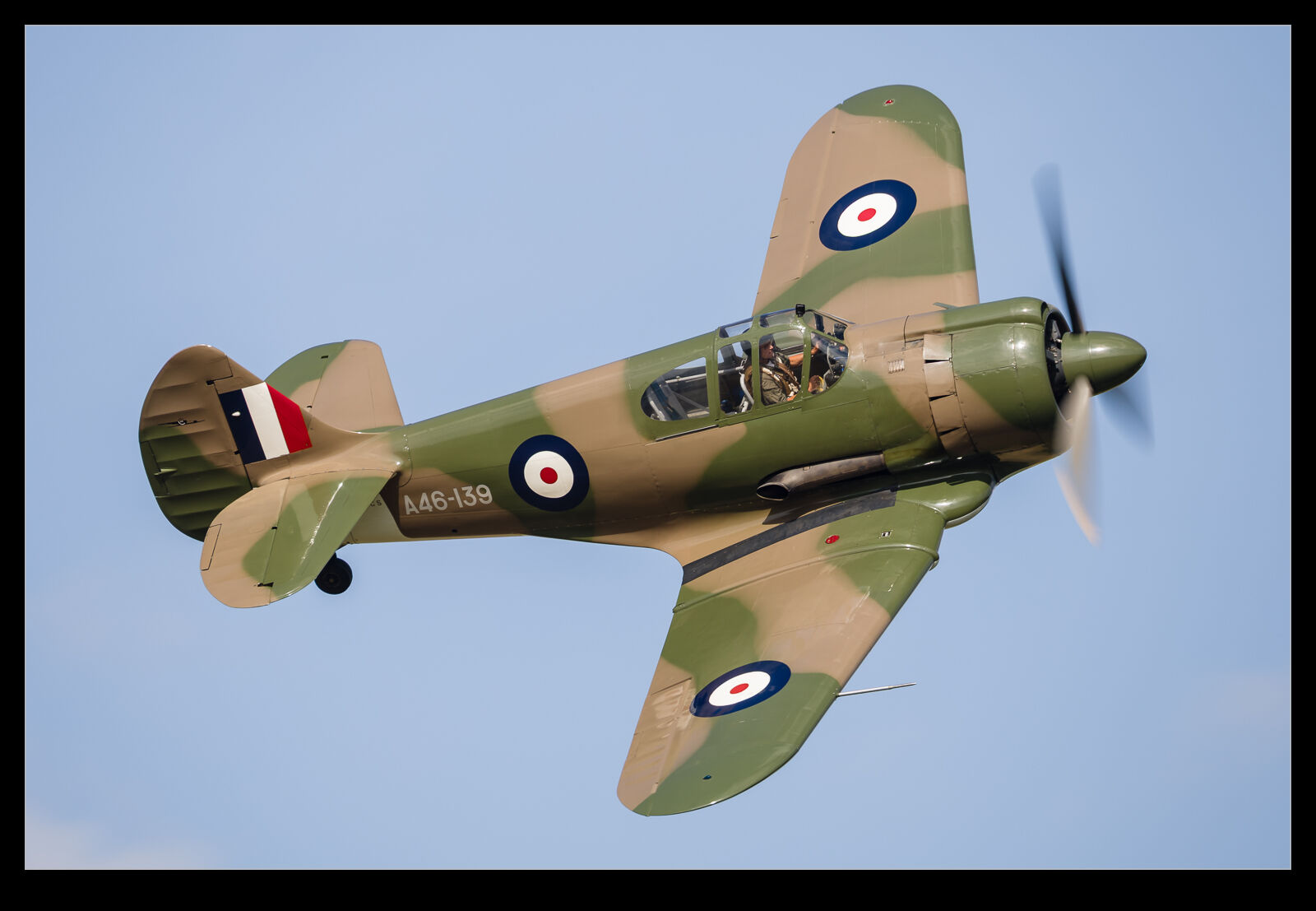 Before you think I am being ridiculous, I am not referring to the profiled wood that will come back to you but the plane. In fact, there is more than one plane called the Boomerang. A Rutan design called the Boomerang was a one off which I once saw on the ground at Oshkosh. However, it was also the name of a piston fighter built in Australia. I had never seen one of those before. If I am being totally honest, I still haven’t since the one I saw was a replica built but it is a pretty impressive replica so we shall let that go.
Before you think I am being ridiculous, I am not referring to the profiled wood that will come back to you but the plane. In fact, there is more than one plane called the Boomerang. A Rutan design called the Boomerang was a one off which I once saw on the ground at Oshkosh. However, it was also the name of a piston fighter built in Australia. I had never seen one of those before. If I am being totally honest, I still haven’t since the one I saw was a replica built but it is a pretty impressive replica so we shall let that go.
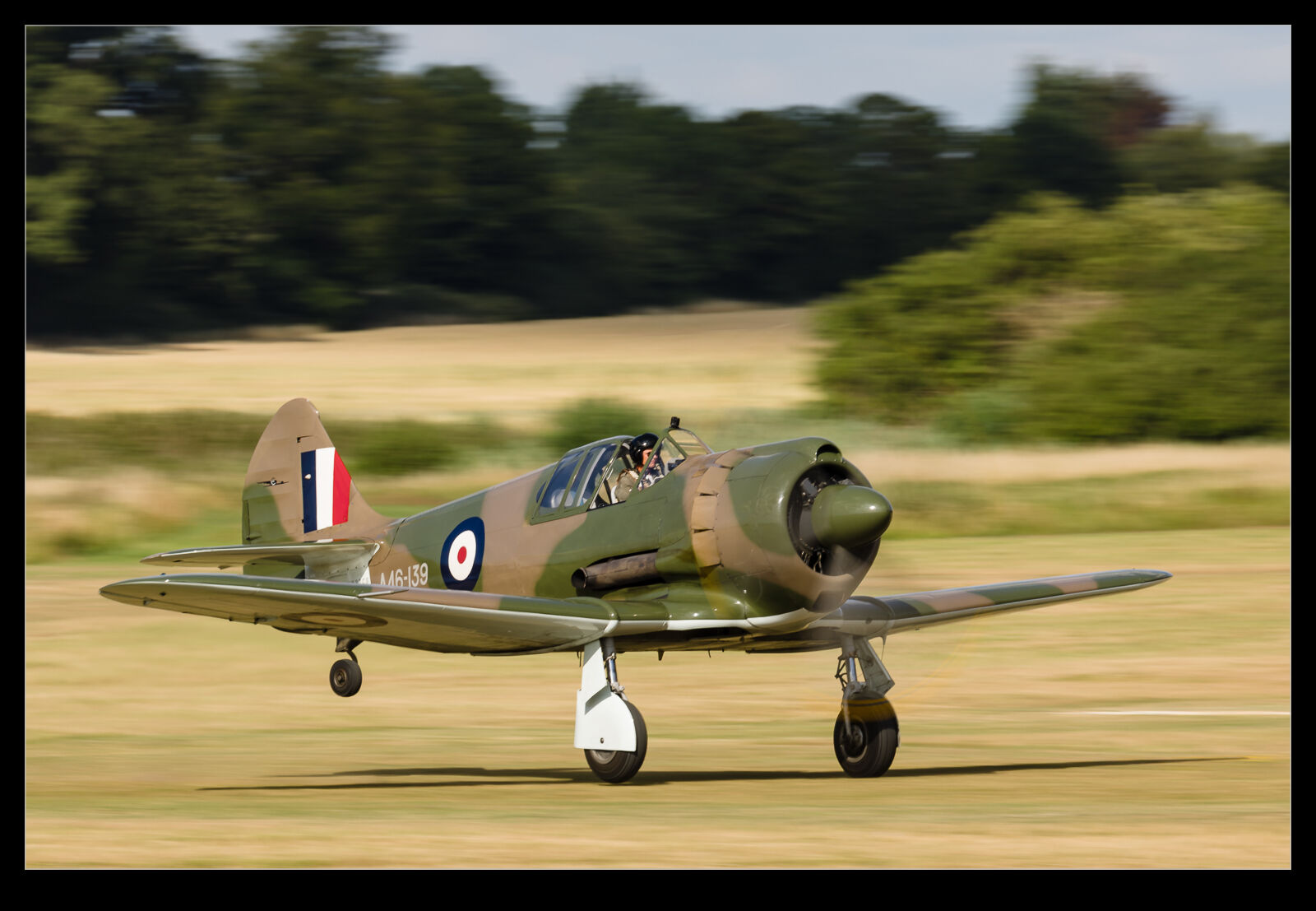 It was brought to the Festival of Flight that was held by the Shuttleworth Trust at Old Warden in the summer. Having an old type with an unfamiliar shape when you can get blasé about the various Spitfires, Hurricanes, Mustangs etc. is a nice change. It had a great paint job, and the tighter confines of Old Warden allowed it to be displayed nice and close to the crowd line. Certainly, one of the more notable things I got to shoot this year.
It was brought to the Festival of Flight that was held by the Shuttleworth Trust at Old Warden in the summer. Having an old type with an unfamiliar shape when you can get blasé about the various Spitfires, Hurricanes, Mustangs etc. is a nice change. It had a great paint job, and the tighter confines of Old Warden allowed it to be displayed nice and close to the crowd line. Certainly, one of the more notable things I got to shoot this year.
A Pair of Edwardians in Gorgeous Light
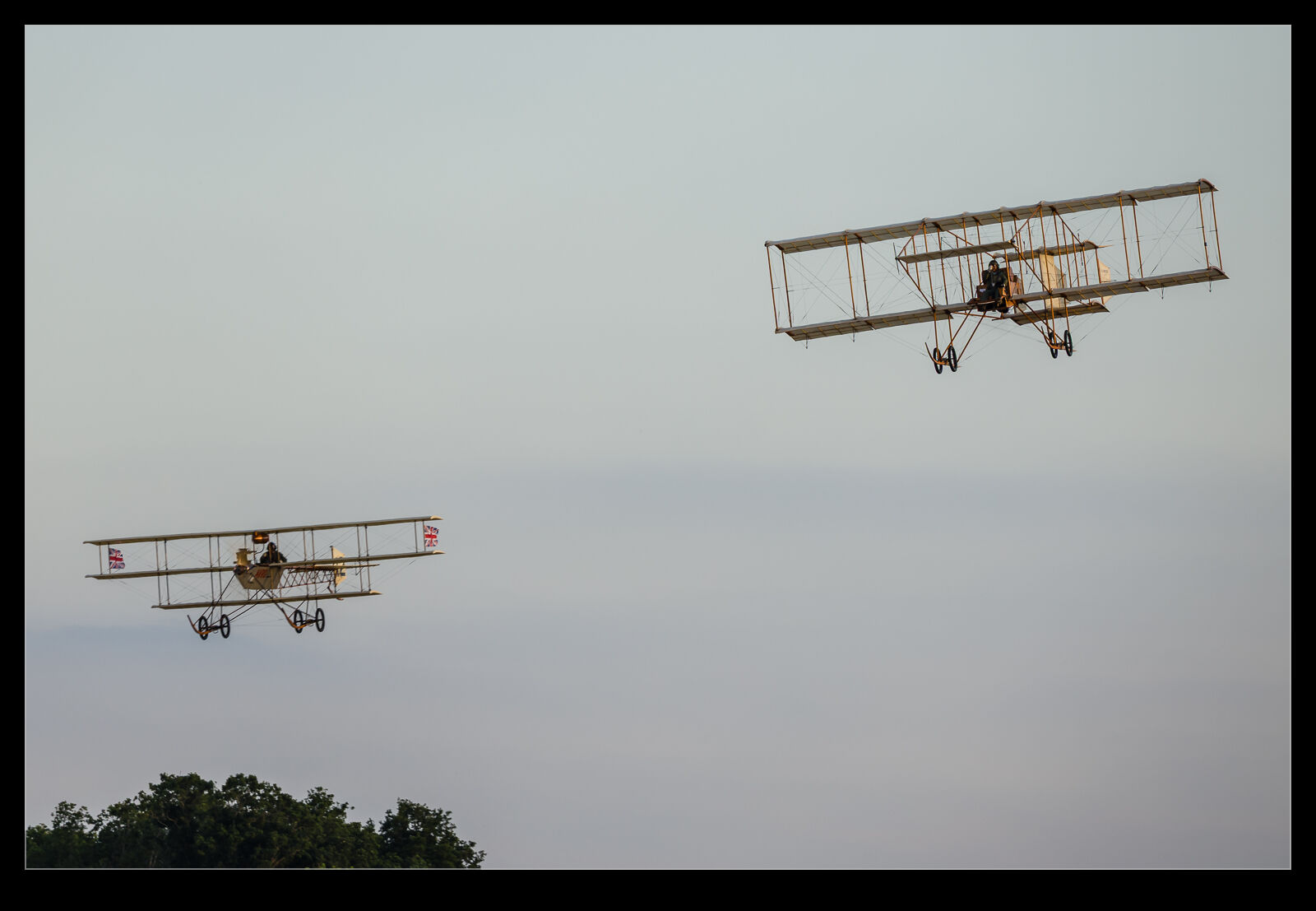 The great conditions for Shuttleworth’s Festival of Flight Sunday show meant we got to see a lot of the more fragile types fly. Later in this section of the show, we had the Bristol Boxkite and the Avro Triplane take to the sky. I know they are both replicas but that doesn’t make them any less rare or vulnerable. They flew around for quite a while and, since they are not speedy aircraft, they can keep it all close in front of the crowd. The light was definitely at its peak during their display. Here are a few shots of the two of them putting on a show.
The great conditions for Shuttleworth’s Festival of Flight Sunday show meant we got to see a lot of the more fragile types fly. Later in this section of the show, we had the Bristol Boxkite and the Avro Triplane take to the sky. I know they are both replicas but that doesn’t make them any less rare or vulnerable. They flew around for quite a while and, since they are not speedy aircraft, they can keep it all close in front of the crowd. The light was definitely at its peak during their display. Here are a few shots of the two of them putting on a show.
This is Not a Canberra or a Lightning!
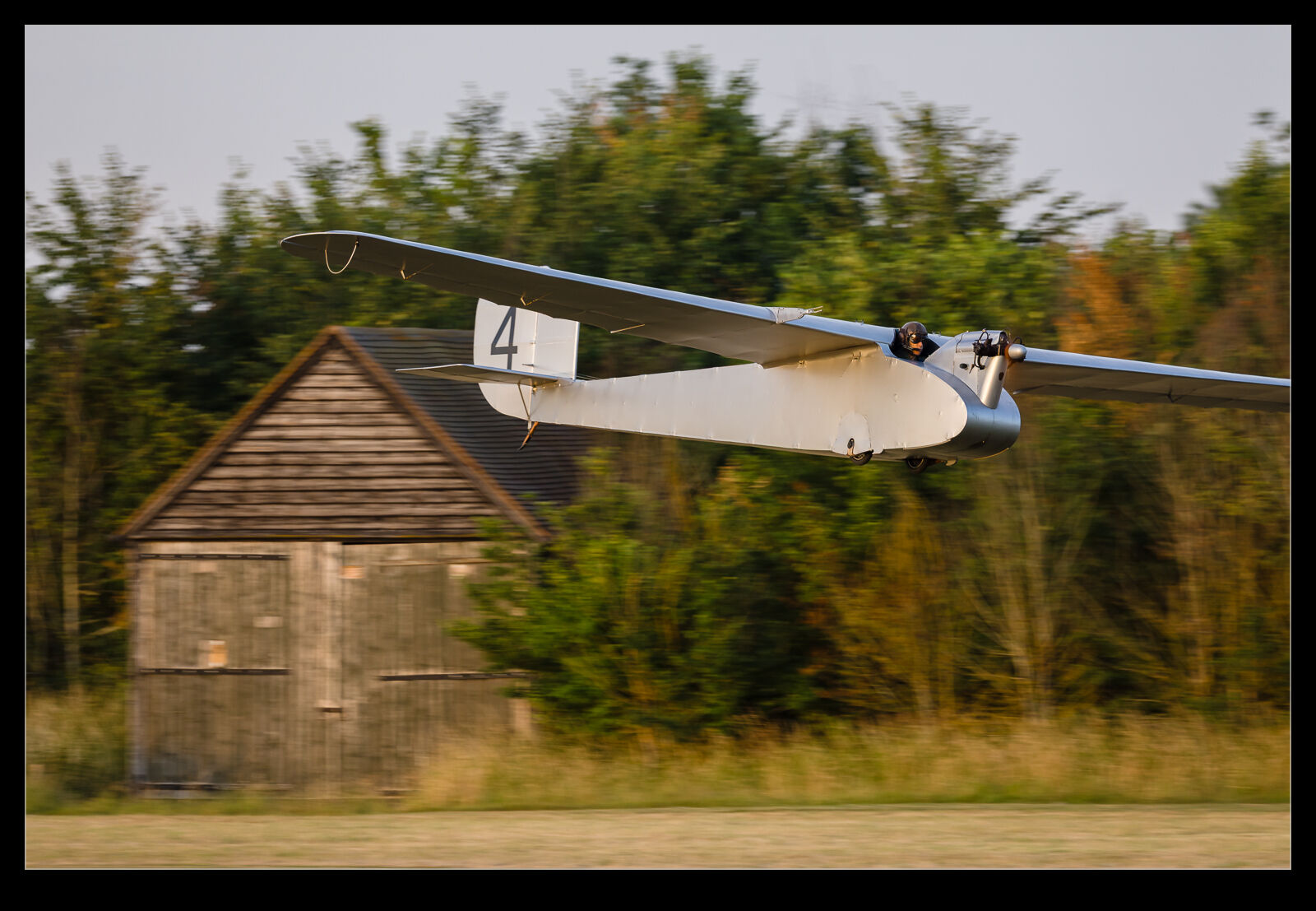 The name English Electric is well known in aviation circles. Before it was subsumed into the British Aircraft Corporation, it had produced the Lightning interceptor and the Canberra bomber. The Lightning might have got more glory, but the Canberra was by far the more successful type with excellent performance. However, there is a lesser-known type that came from the company a long time before.
The name English Electric is well known in aviation circles. Before it was subsumed into the British Aircraft Corporation, it had produced the Lightning interceptor and the Canberra bomber. The Lightning might have got more glory, but the Canberra was by far the more successful type with excellent performance. However, there is a lesser-known type that came from the company a long time before.
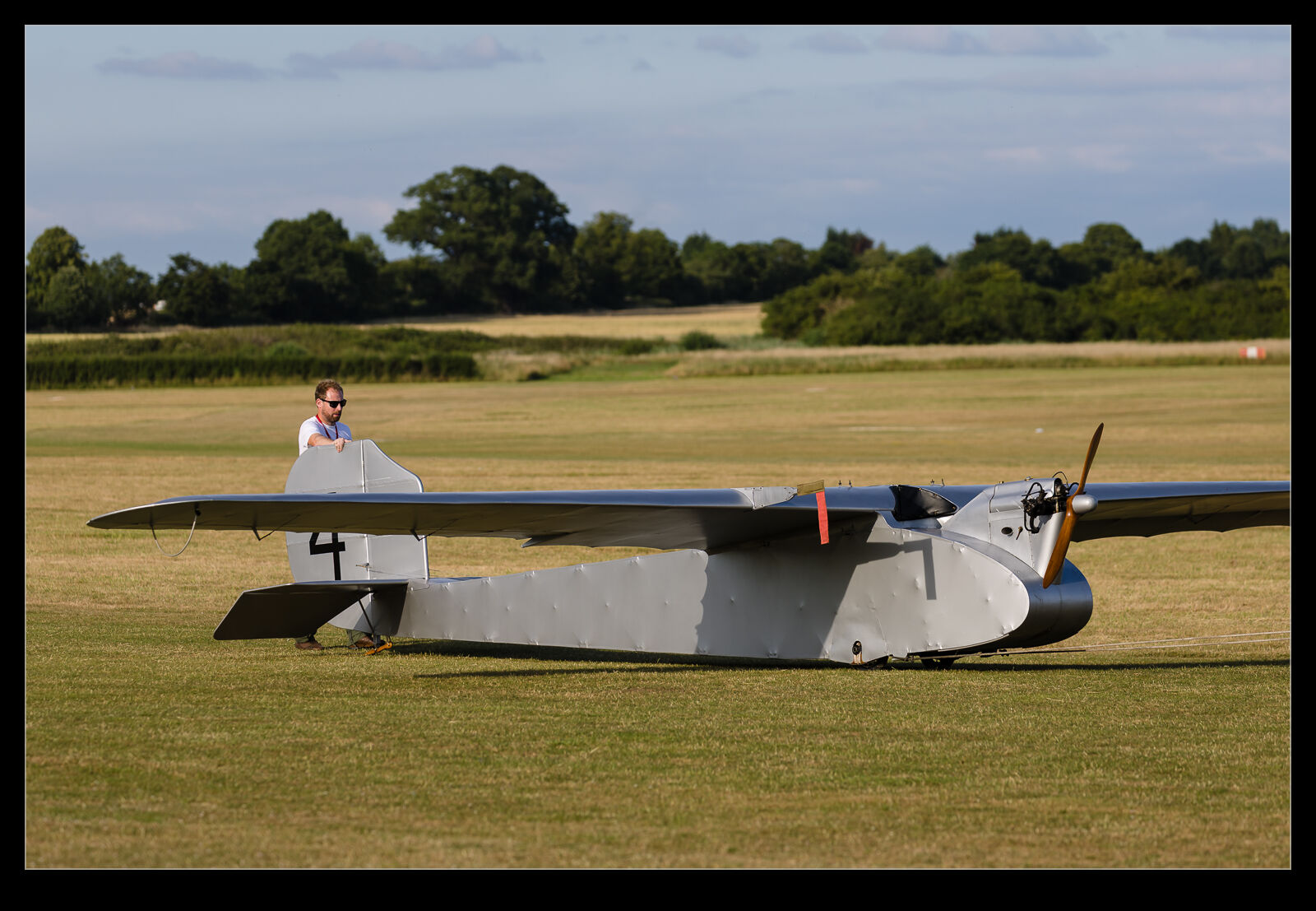 I first heard of the Wren when I read about it in Roly Beamont’s book. He was the chief test pilot at English Electric, and he described this vintage aircraft with very limited power that the company restored and hopped along the runway at Warton many years before I worked there. The aircraft now lives at Old Warden and it was brought out to fly during the Shuttleworth Festival of Flight. It was towed up to the far end of the field in preparation for its flight. The conditions were smooth, so it was going to be able to perform.
I first heard of the Wren when I read about it in Roly Beamont’s book. He was the chief test pilot at English Electric, and he described this vintage aircraft with very limited power that the company restored and hopped along the runway at Warton many years before I worked there. The aircraft now lives at Old Warden and it was brought out to fly during the Shuttleworth Festival of Flight. It was towed up to the far end of the field in preparation for its flight. The conditions were smooth, so it was going to be able to perform.
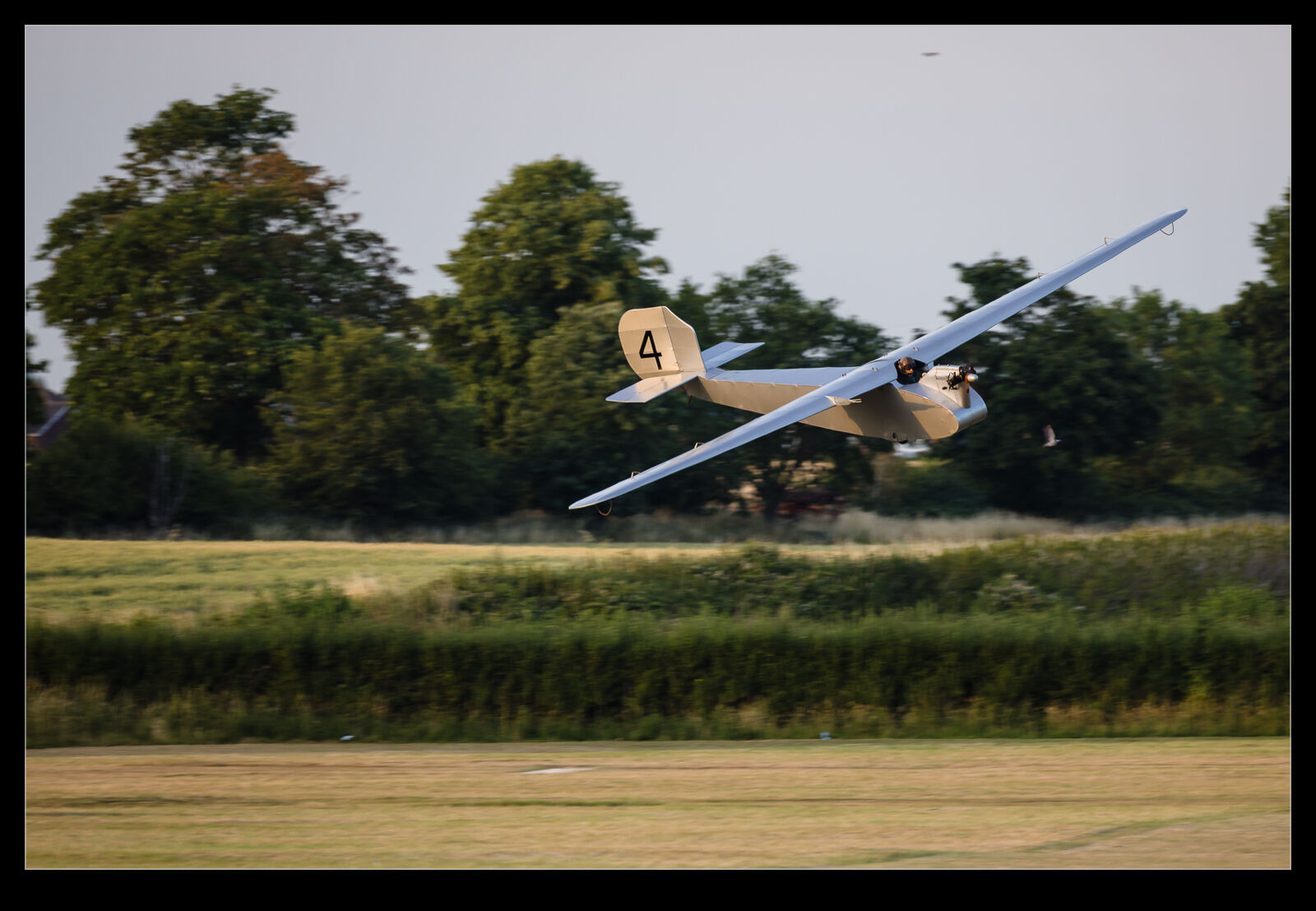 Having read that it was not over-endowed with power and that the Warton tests had involved some basic hops along the runway, this was what I had anticipated would be the case here. However, they were more ambitious. After flying the length of the field, a turn was made for a return run. I have to admit, when I first saw the turn, I did fear that all was not well. The whole flight was at low level, so the turn was also low. The angle made it look like the plane was heading for the trees. However, this was quite normal and in control. Even so, every turn made me tense up slightly. I guess by the end of the flight, I was getting used to it. Even so, it was quite unlike most flying I have watched.
Having read that it was not over-endowed with power and that the Warton tests had involved some basic hops along the runway, this was what I had anticipated would be the case here. However, they were more ambitious. After flying the length of the field, a turn was made for a return run. I have to admit, when I first saw the turn, I did fear that all was not well. The whole flight was at low level, so the turn was also low. The angle made it look like the plane was heading for the trees. However, this was quite normal and in control. Even so, every turn made me tense up slightly. I guess by the end of the flight, I was getting used to it. Even so, it was quite unlike most flying I have watched.
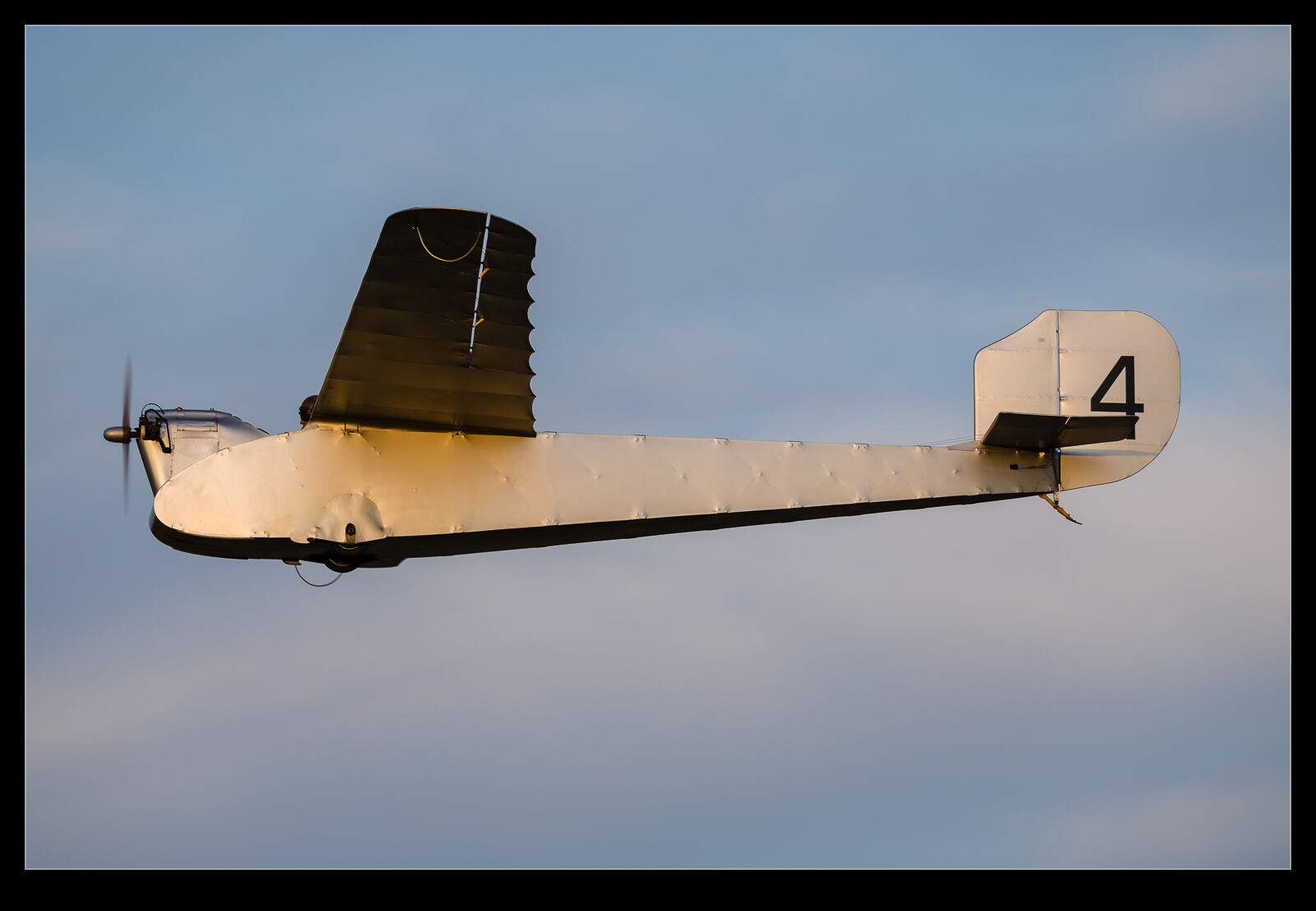 Multiple passes were made during the flight. The light was definitely playing ball along certain parts of the passes so I was able to grab quite a few shots. It’s not the most elegant looking plane and I imagine the view for the pilot is pretty minimal. Even so, as rarities go, it is right up there so to see it fly was a nice result.
Multiple passes were made during the flight. The light was definitely playing ball along certain parts of the passes so I was able to grab quite a few shots. It’s not the most elegant looking plane and I imagine the view for the pilot is pretty minimal. Even so, as rarities go, it is right up there so to see it fly was a nice result.
Vintage Buses at Old Warden
 The Shuttleworth collection includes many vintage vehicles. Amongst these are buses. Some of them are on display in the hangars but some come out and get used to shuttle visitors around the grounds. During the air shows I went to this year, I saw a few of them on display and in use. I didn’t take a ride on either occasion, but I did grab some shots of them.
The Shuttleworth collection includes many vintage vehicles. Amongst these are buses. Some of them are on display in the hangars but some come out and get used to shuttle visitors around the grounds. During the air shows I went to this year, I saw a few of them on display and in use. I didn’t take a ride on either occasion, but I did grab some shots of them.
The Oldest Flying British Aircraft
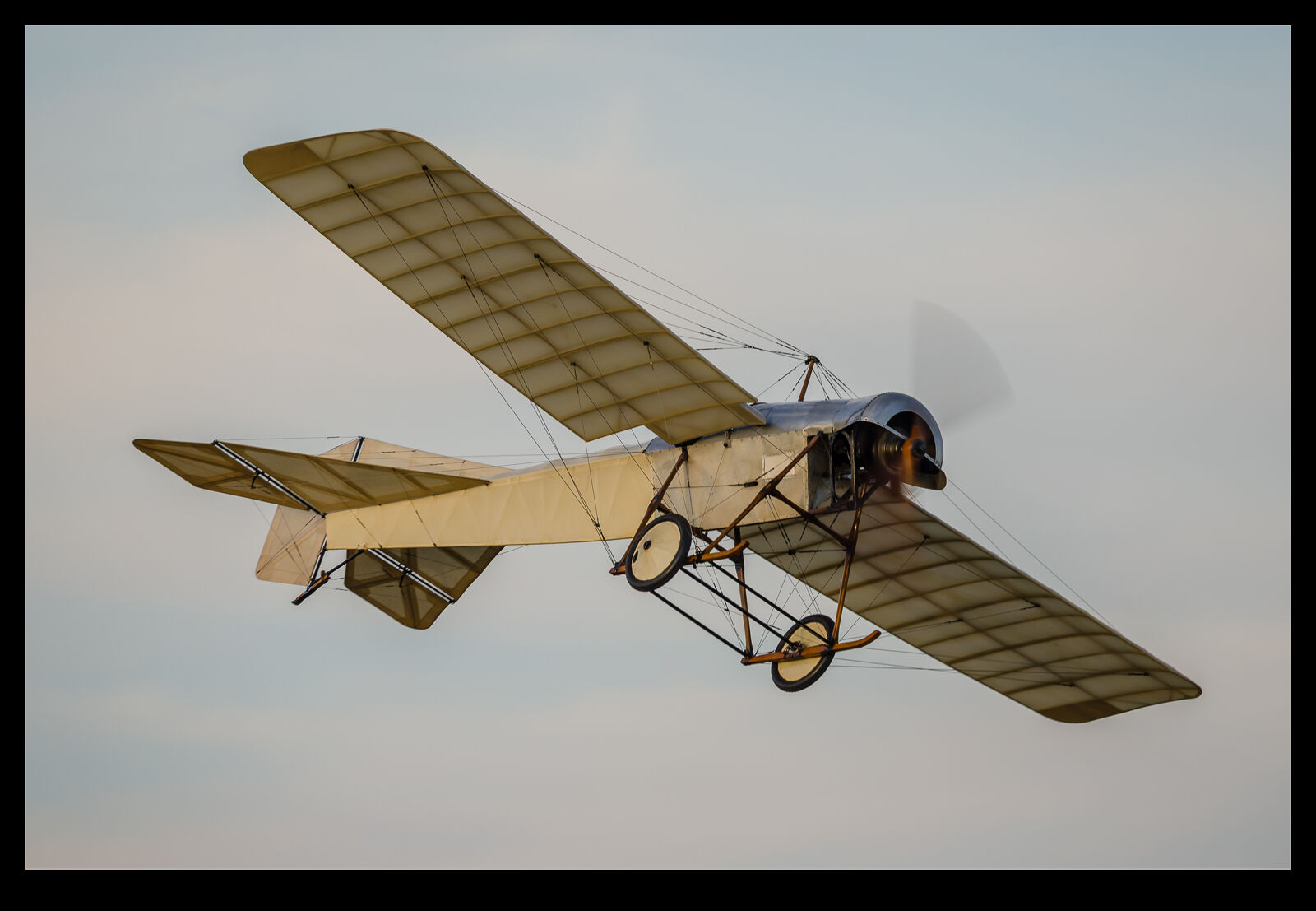 The very earliest days of aviation meant a lot of experimenters and innovators were trying their hand at flying. Some had success and many didn’t. Most of those early planes were never preserved (and many probably didn’t deserve to be. Even those that led to further success for their creators didn’t necessarily get to survive because things were moving on so fast and the historical significance would only become apparent many years later.
The very earliest days of aviation meant a lot of experimenters and innovators were trying their hand at flying. Some had success and many didn’t. Most of those early planes were never preserved (and many probably didn’t deserve to be. Even those that led to further success for their creators didn’t necessarily get to survive because things were moving on so fast and the historical significance would only become apparent many years later.
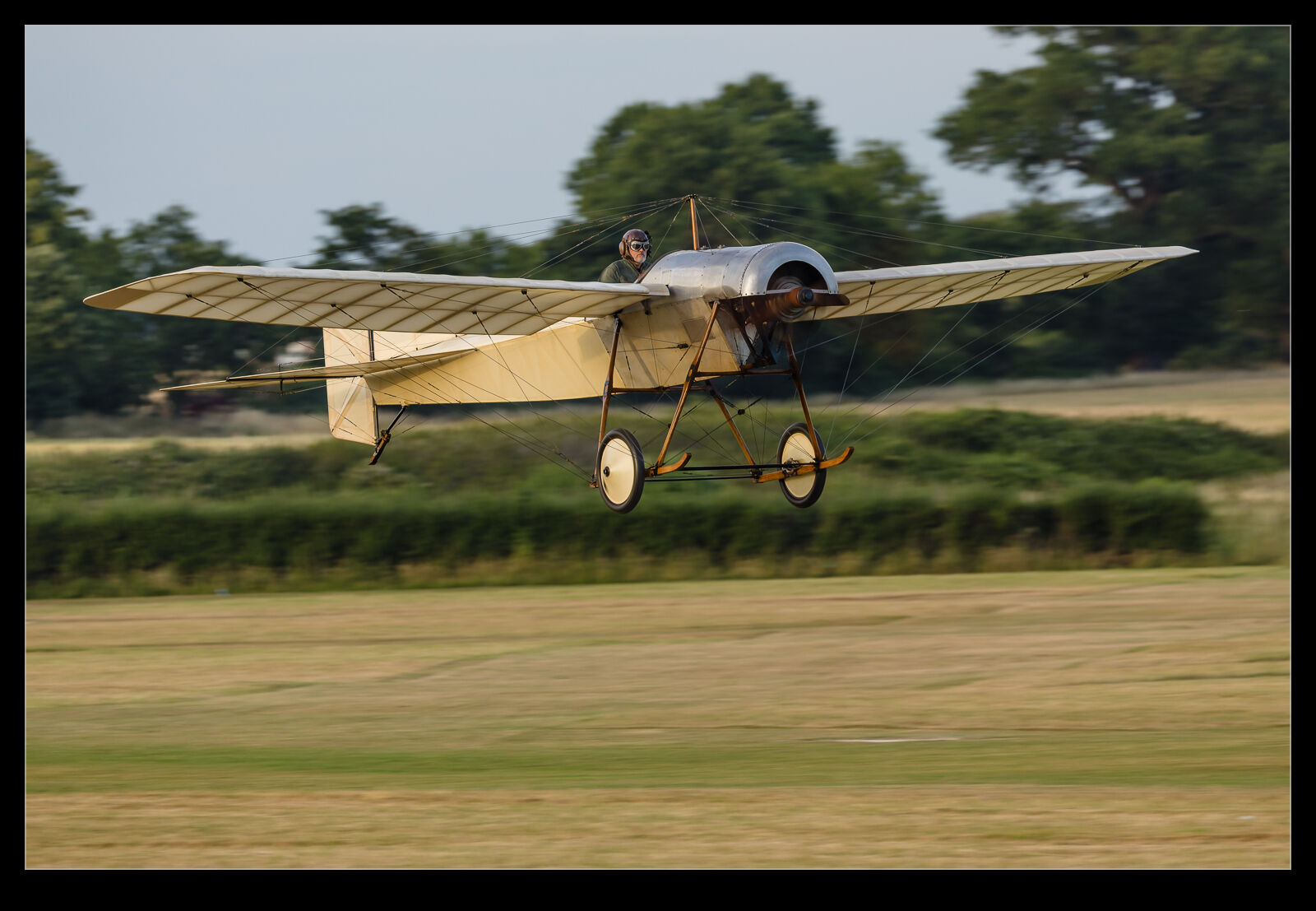 Consequently, it is quite a treat when something this old not only survived but is still airworthy. The oldest flying British aircraft is the Blackburn Type D. I guess the fact it is a Type D tells you that Blackburn had three preceding types that either didn’t work or didn’t survive (or perhaps both). This plane dates to 1912 although the engine is a later version. It has been in Shuttleworth’s hands since the late 1930s and it will fly if the conditions are right. Fortunately, they were when I was there for the Festival of Flight.
Consequently, it is quite a treat when something this old not only survived but is still airworthy. The oldest flying British aircraft is the Blackburn Type D. I guess the fact it is a Type D tells you that Blackburn had three preceding types that either didn’t work or didn’t survive (or perhaps both). This plane dates to 1912 although the engine is a later version. It has been in Shuttleworth’s hands since the late 1930s and it will fly if the conditions are right. Fortunately, they were when I was there for the Festival of Flight.
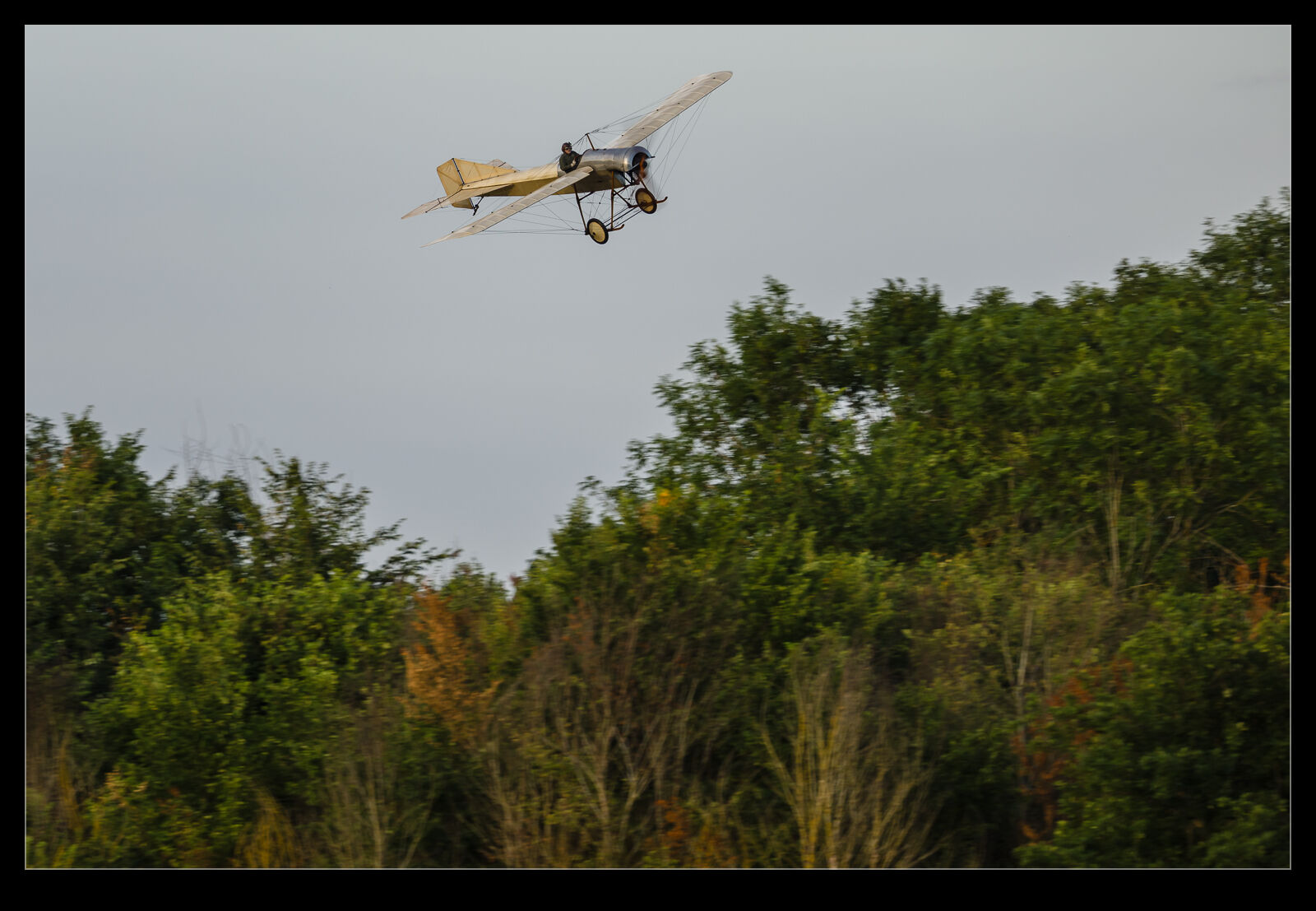 Unlike the two older planes that flew before it, the Type D seemed a lot more capable a plane and it was able to climb and manoeuvre around the display area with relative ease. The conditions were good to it, and we got to enjoy a lot of time with it before it landed. An amazing piece of history to witness on display.
Unlike the two older planes that flew before it, the Type D seemed a lot more capable a plane and it was able to climb and manoeuvre around the display area with relative ease. The conditions were good to it, and we got to enjoy a lot of time with it before it landed. An amazing piece of history to witness on display.
The Bleriot Gets Airborne – Just!
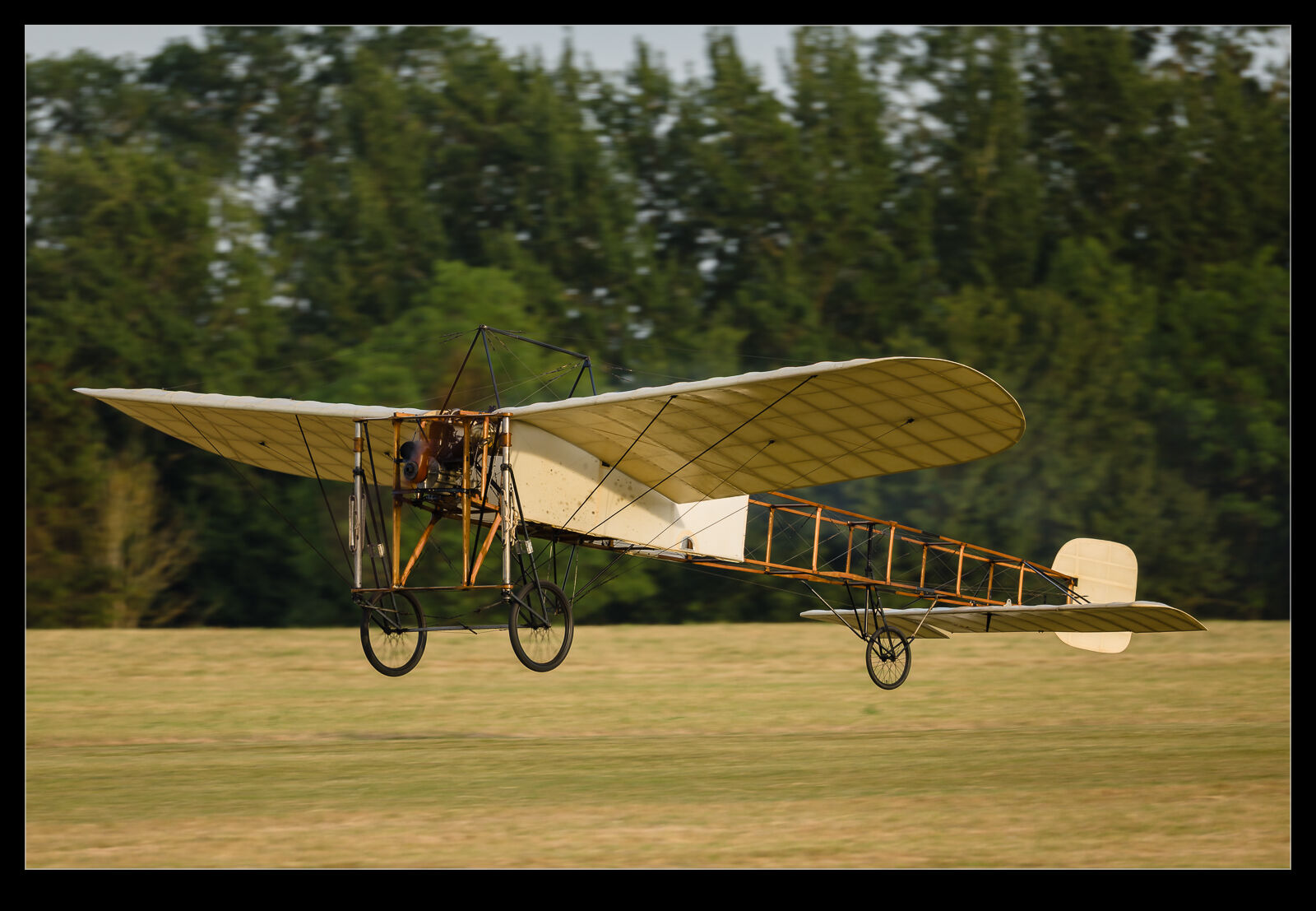 The Shuttleworth Trust has a Bleriot XI aircraft that is airworthy. This is not the first one I have seen because I saw the one Eric Presten kept in Sonoma, but I never got the chance to see that one fly. The Festival of Flight show at Old Warden had ideal conditions for flying the old planes and the Bleriot came out. They limit it to flying up and down the runway. No messing around with turns. Instead, they hop along the runway, turn around on the ground at the end and then come back.
The Shuttleworth Trust has a Bleriot XI aircraft that is airworthy. This is not the first one I have seen because I saw the one Eric Presten kept in Sonoma, but I never got the chance to see that one fly. The Festival of Flight show at Old Warden had ideal conditions for flying the old planes and the Bleriot came out. They limit it to flying up and down the runway. No messing around with turns. Instead, they hop along the runway, turn around on the ground at the end and then come back.
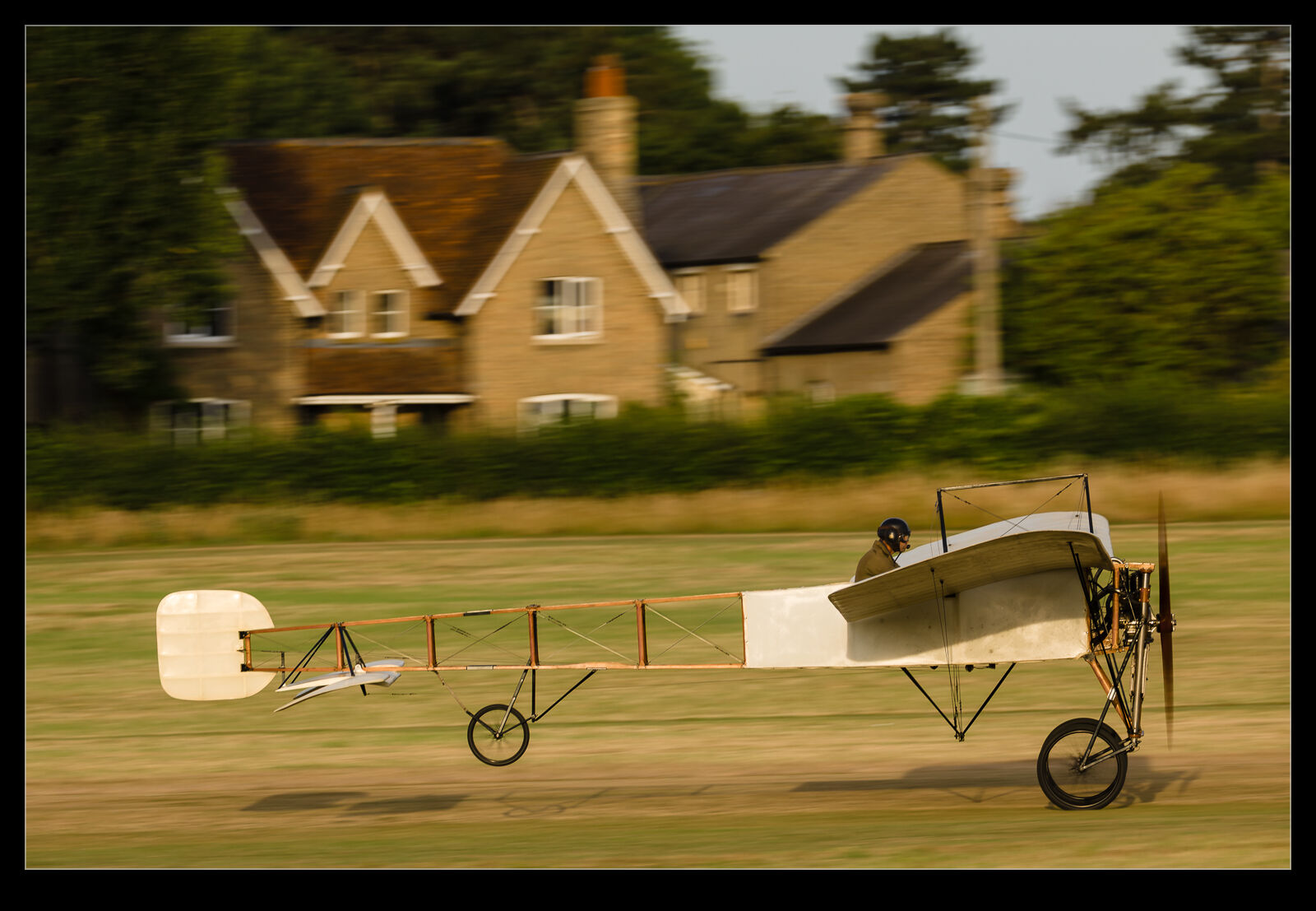 It is not an overpowered aircraft, and I did wonder whether it would get airborne or not. It would bounce up off a bump and then fly along for a while, before settling back down. I don’t know how much they push the performance given that this is an extremely rare and valuable aircraft so maybe it could do more. However, watching it I did find myself wondering about what would make someone want to take something like this across the English Channel.
It is not an overpowered aircraft, and I did wonder whether it would get airborne or not. It would bounce up off a bump and then fly along for a while, before settling back down. I don’t know how much they push the performance given that this is an extremely rare and valuable aircraft so maybe it could do more. However, watching it I did find myself wondering about what would make someone want to take something like this across the English Channel.
The Sky Was Looking Good But I Need the Sun!
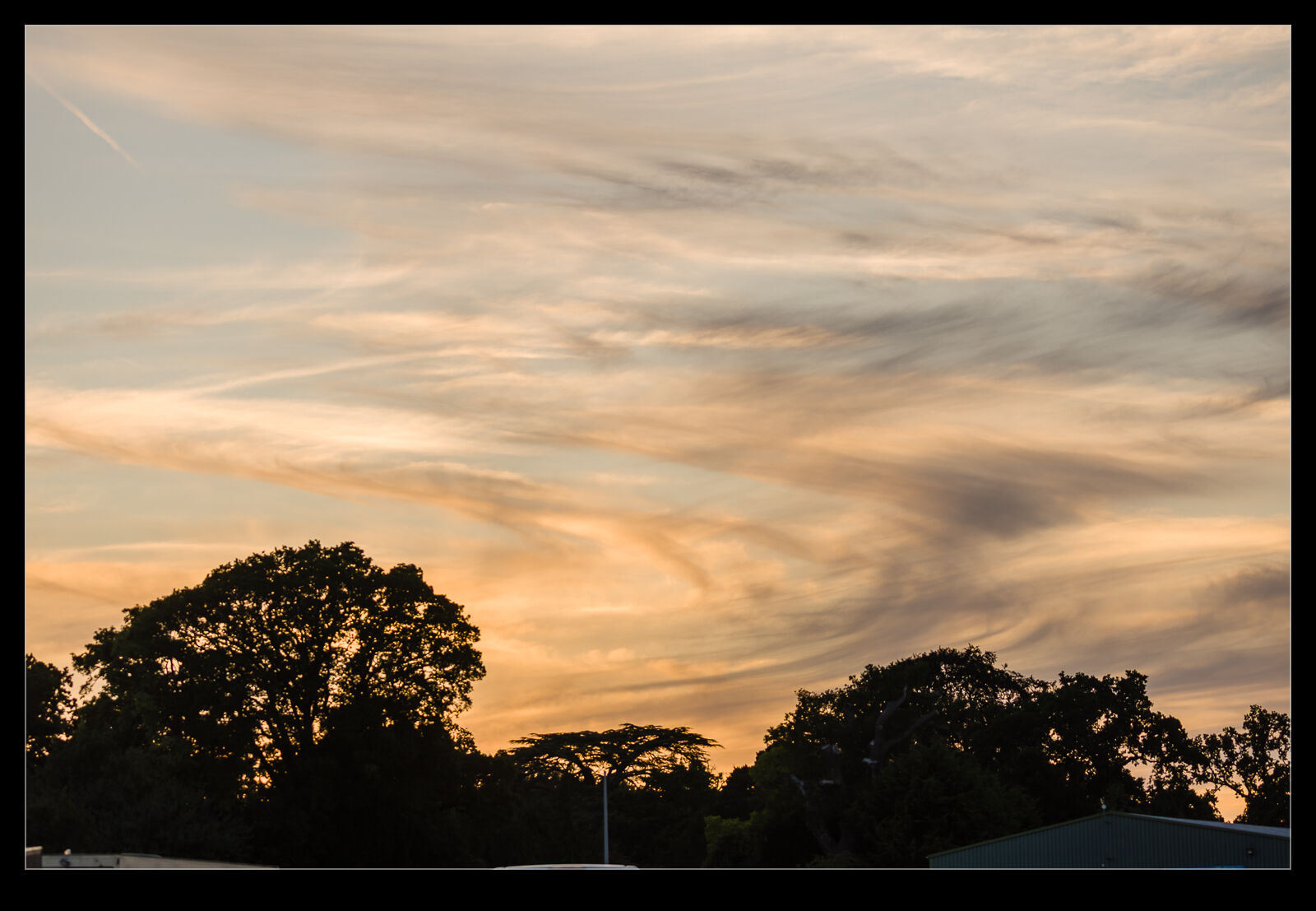 Late in the day during the air show at Old Warden, I was really hoping for some lovely evening light to illuminate the planes as they display late in the day. The clouds towards the horizon were not assisting my mission. However, they did make for some pretty skies. Now, was this thwarting my hopes for aircraft photos? Yes, it was. Did that mean I wouldn’t take photos of the sky? Of course not!
Late in the day during the air show at Old Warden, I was really hoping for some lovely evening light to illuminate the planes as they display late in the day. The clouds towards the horizon were not assisting my mission. However, they did make for some pretty skies. Now, was this thwarting my hopes for aircraft photos? Yes, it was. Did that mean I wouldn’t take photos of the sky? Of course not!
I Need to Be Grateful to the Flamant
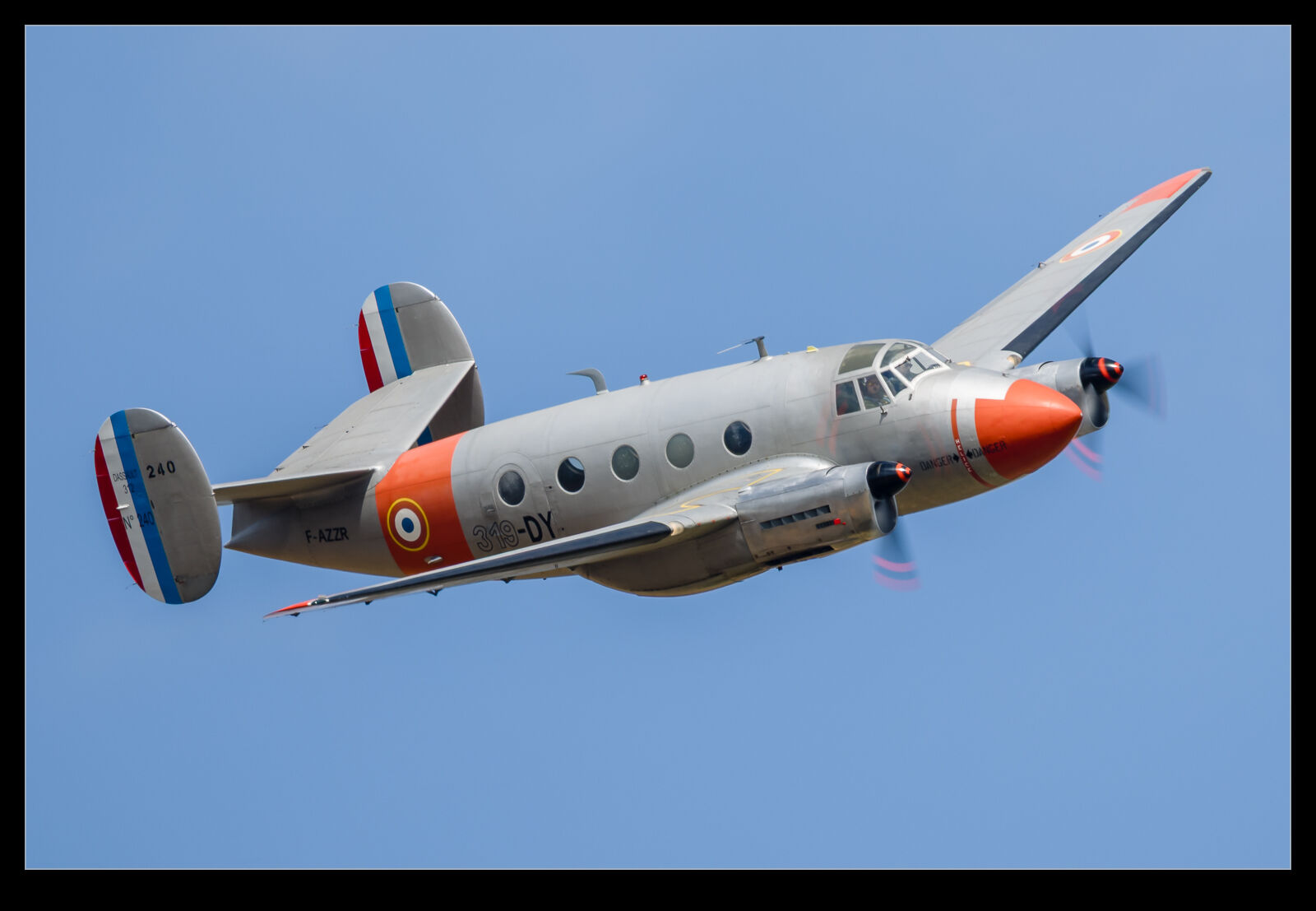 When I went to the military air show at Shuttleworth earlier in the year, I had a really good time. I then saw a bunch of advertising for the Festival of Flight which they described as their biggest show of the year. Having had a really good time previously, I didn’t feel a strong need to go back. I was quite happy to skip this one until… On the Friday, I saw some images from people that were there of the planes arriving. There was a lot of stuff there including all sorts of unusual old types. One plane in particular caught my attention and that was the Dassault Flamant.
When I went to the military air show at Shuttleworth earlier in the year, I had a really good time. I then saw a bunch of advertising for the Festival of Flight which they described as their biggest show of the year. Having had a really good time previously, I didn’t feel a strong need to go back. I was quite happy to skip this one until… On the Friday, I saw some images from people that were there of the planes arriving. There was a lot of stuff there including all sorts of unusual old types. One plane in particular caught my attention and that was the Dassault Flamant.
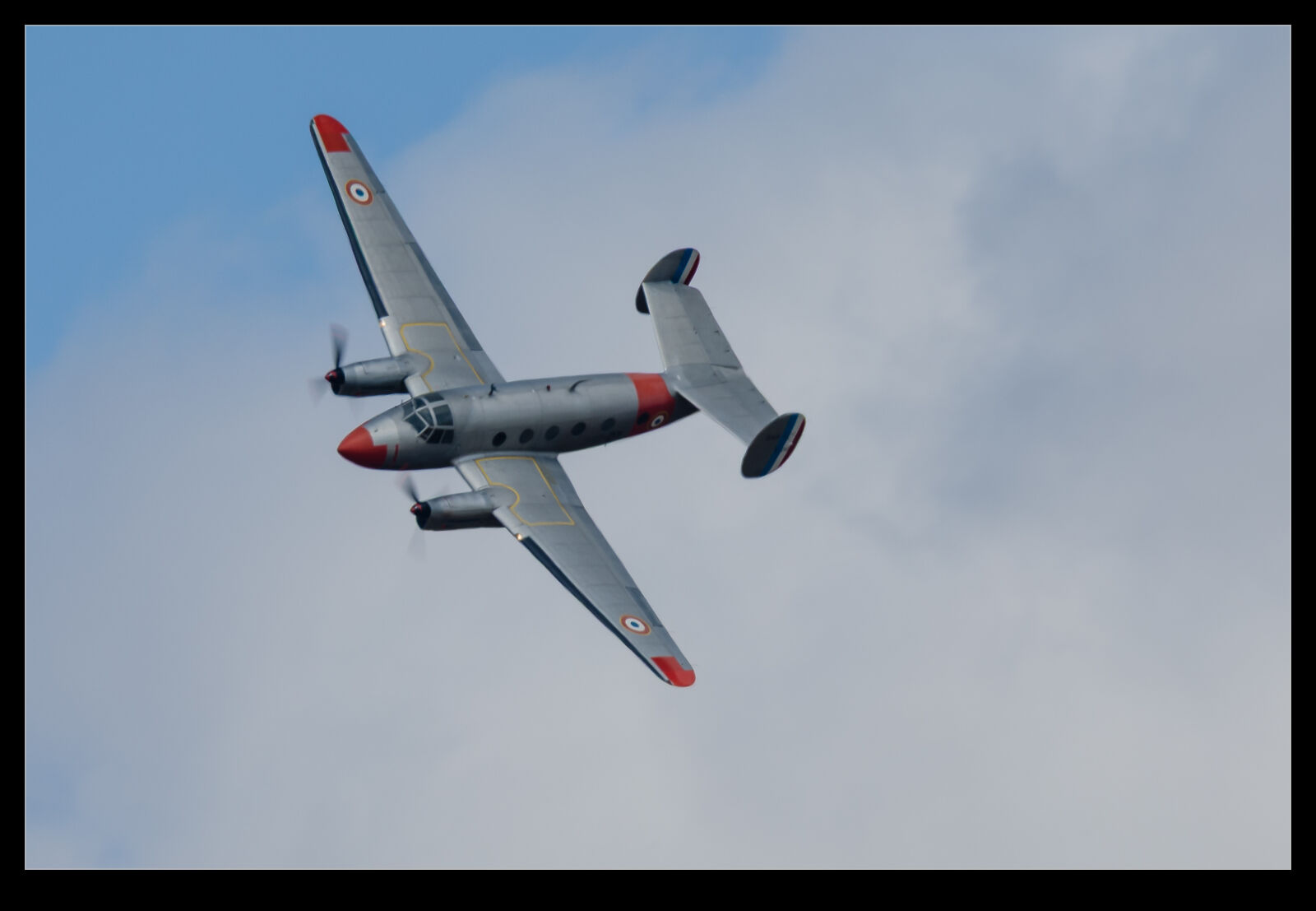 Now I was thinking about going. Saturday we already had plans, and I wasn’t going to mess with those. Sunday was a bit more open, and the forecast was certainly looking better. When Nancy said she didn’t have anything specific she wanted to do, I made the decision to go. This was absolutely the right call. The show turned out to be an absolute blast. The afternoon displays were excellent and then, after the pause, the evening display was started a little early. I will talk about the rest of the show during other posts, but this one is all about the Flamant. A transport aircraft that Dassault built for the French military, a few of these are apparently still around. It is such an interesting looking plane and seeing it operate at close quarters in such a nice location was great.
Now I was thinking about going. Saturday we already had plans, and I wasn’t going to mess with those. Sunday was a bit more open, and the forecast was certainly looking better. When Nancy said she didn’t have anything specific she wanted to do, I made the decision to go. This was absolutely the right call. The show turned out to be an absolute blast. The afternoon displays were excellent and then, after the pause, the evening display was started a little early. I will talk about the rest of the show during other posts, but this one is all about the Flamant. A transport aircraft that Dassault built for the French military, a few of these are apparently still around. It is such an interesting looking plane and seeing it operate at close quarters in such a nice location was great.
Performers Keeping the Crowds Happy
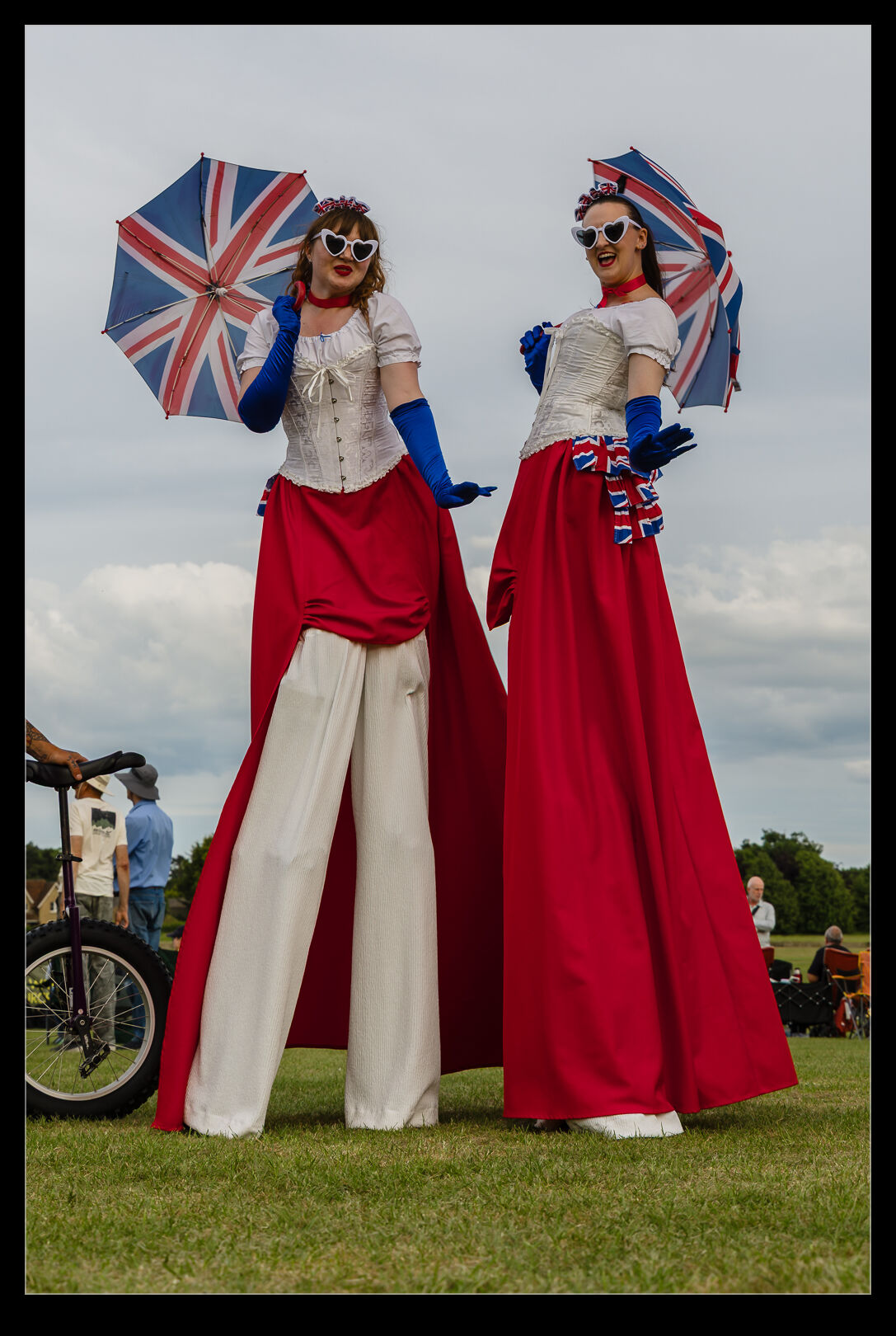 As a plane guy, I can often be a bit dismissive of the non plane related things that are brought to air shows. I do realise that making an appealing day out for everyone is necessary and I am in the minority. The Shuttleworth show had some performers in the crowd to amuse the visitors. There were two women that were walking through the crowd on stilts. They were keen to engage with everyone which, of course, is what they are there for.
As a plane guy, I can often be a bit dismissive of the non plane related things that are brought to air shows. I do realise that making an appealing day out for everyone is necessary and I am in the minority. The Shuttleworth show had some performers in the crowd to amuse the visitors. There were two women that were walking through the crowd on stilts. They were keen to engage with everyone which, of course, is what they are there for.
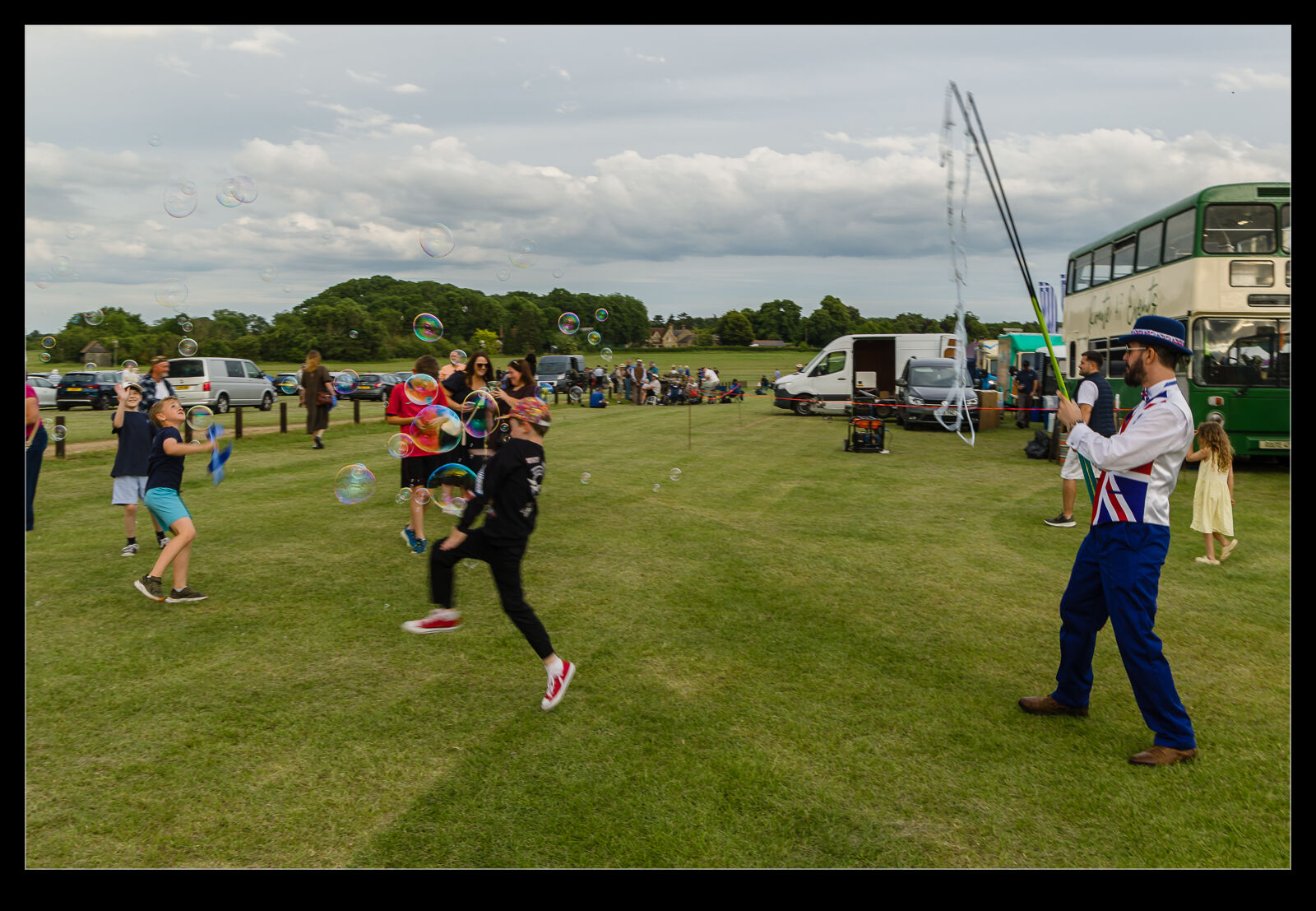 Additionally, there was a guy creating large bubble clouds. The kids were certainly loving these and I suspect a few adults were too even if they were pretending it was all for the kids. I love bubbles so I bet they might too.
Additionally, there was a guy creating large bubble clouds. The kids were certainly loving these and I suspect a few adults were too even if they were pretending it was all for the kids. I love bubbles so I bet they might too.
